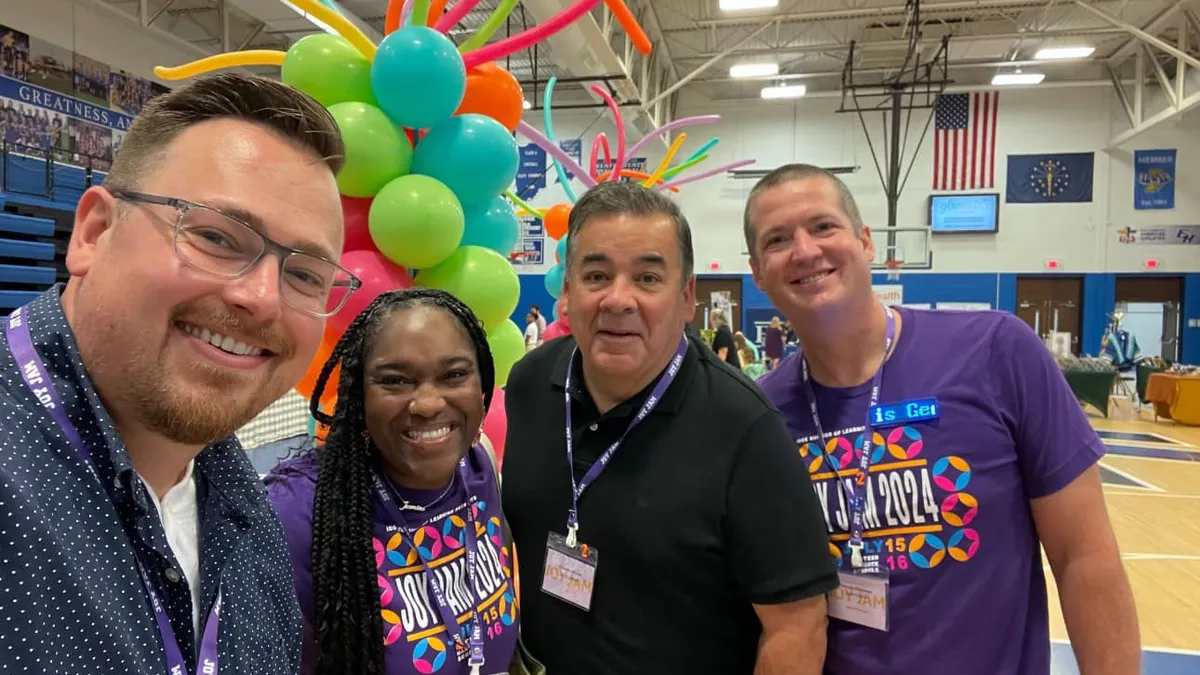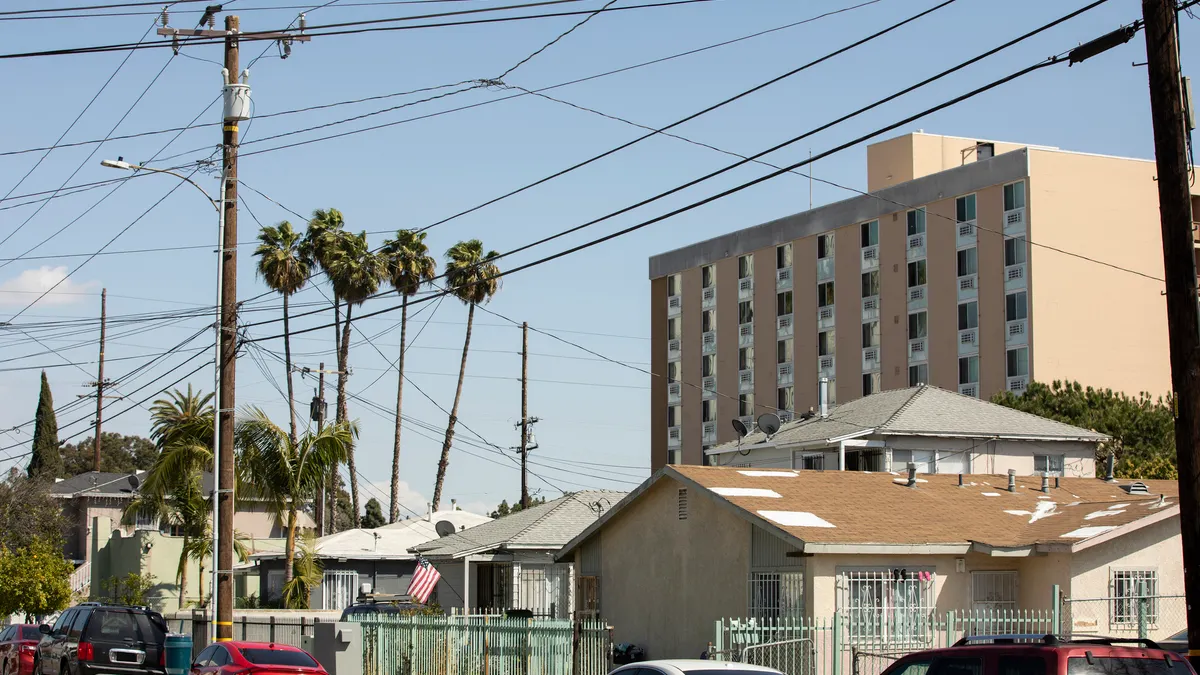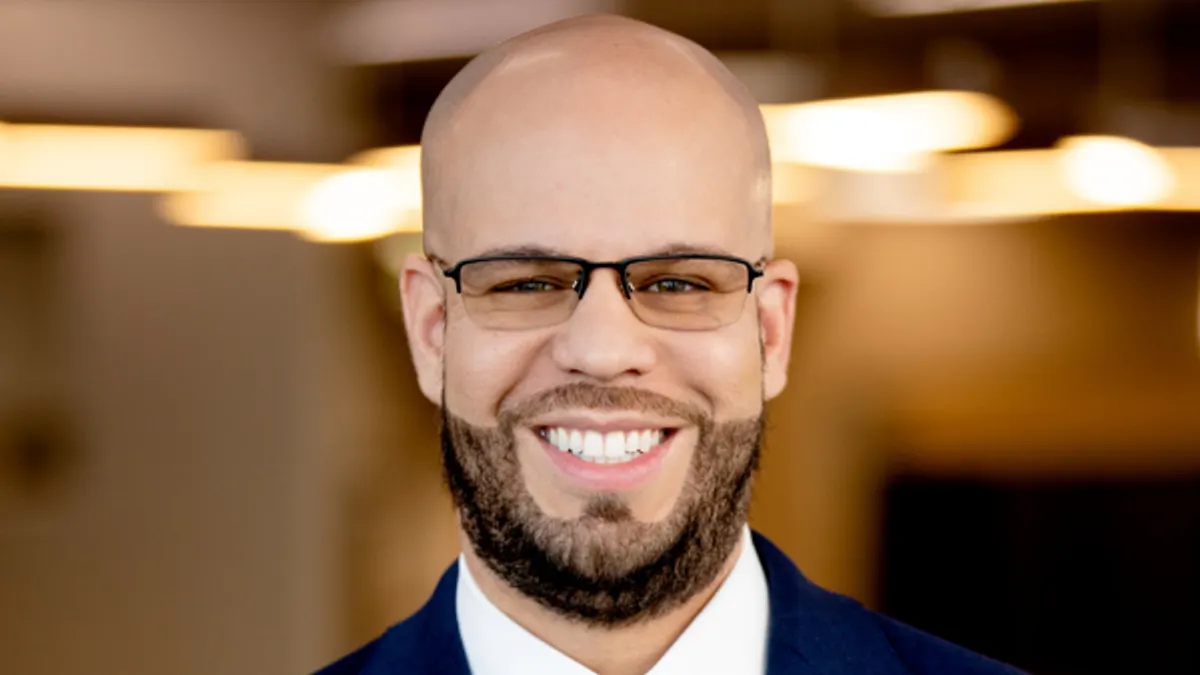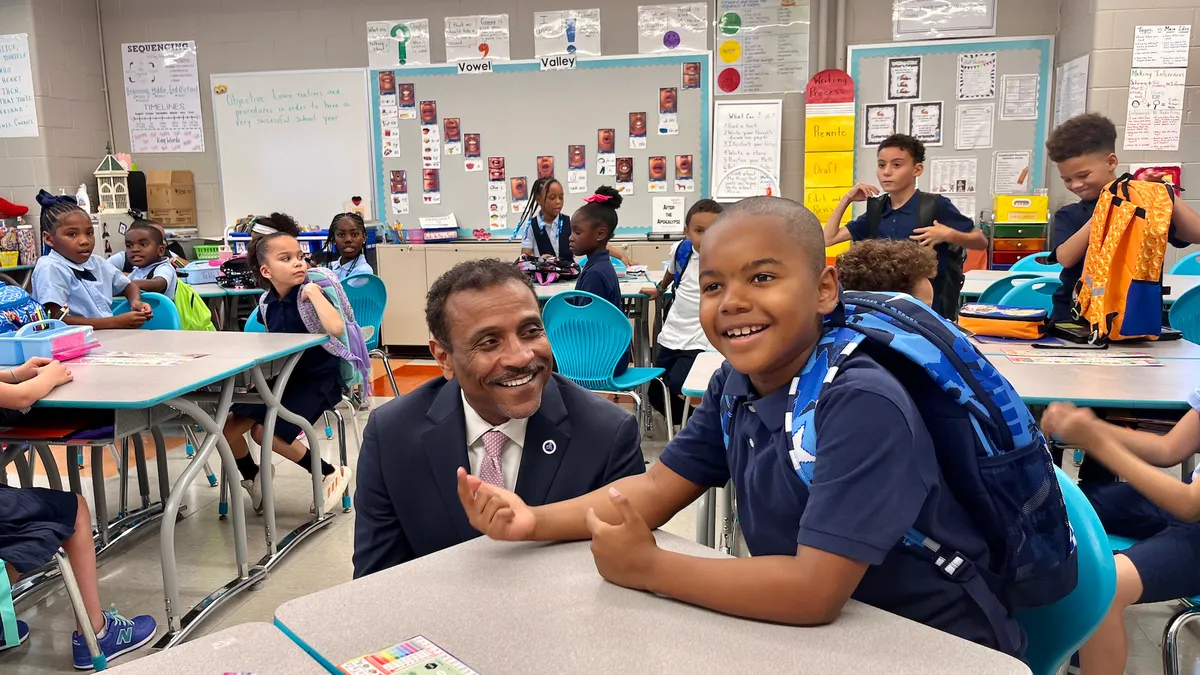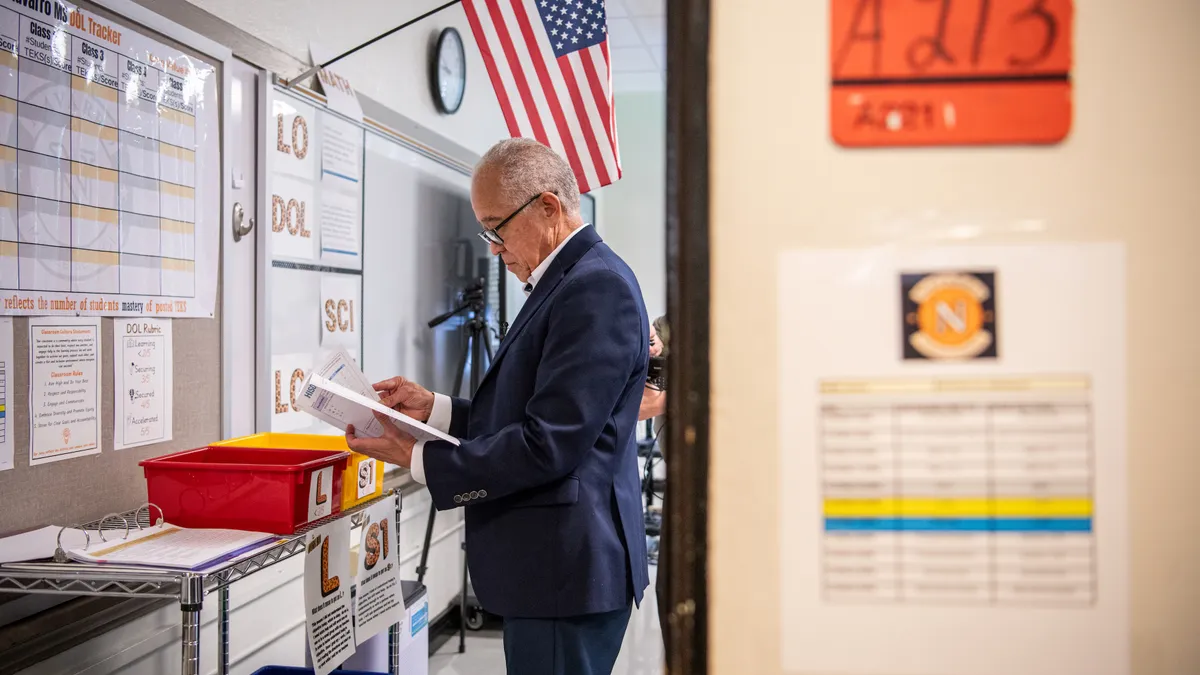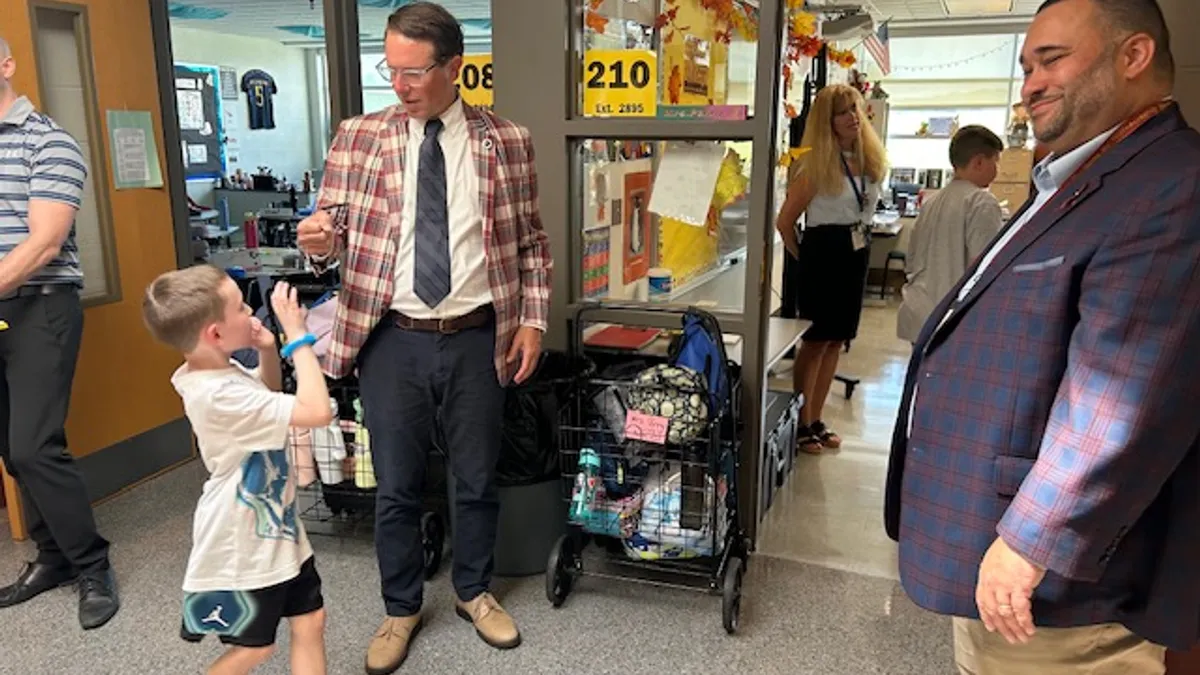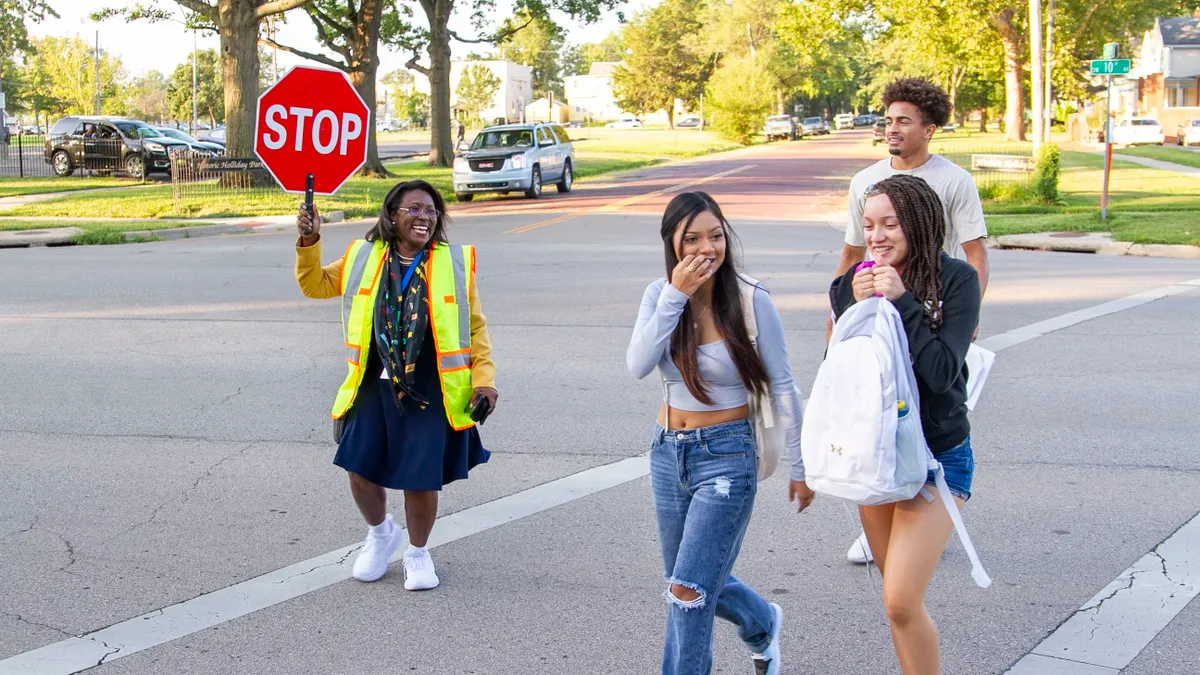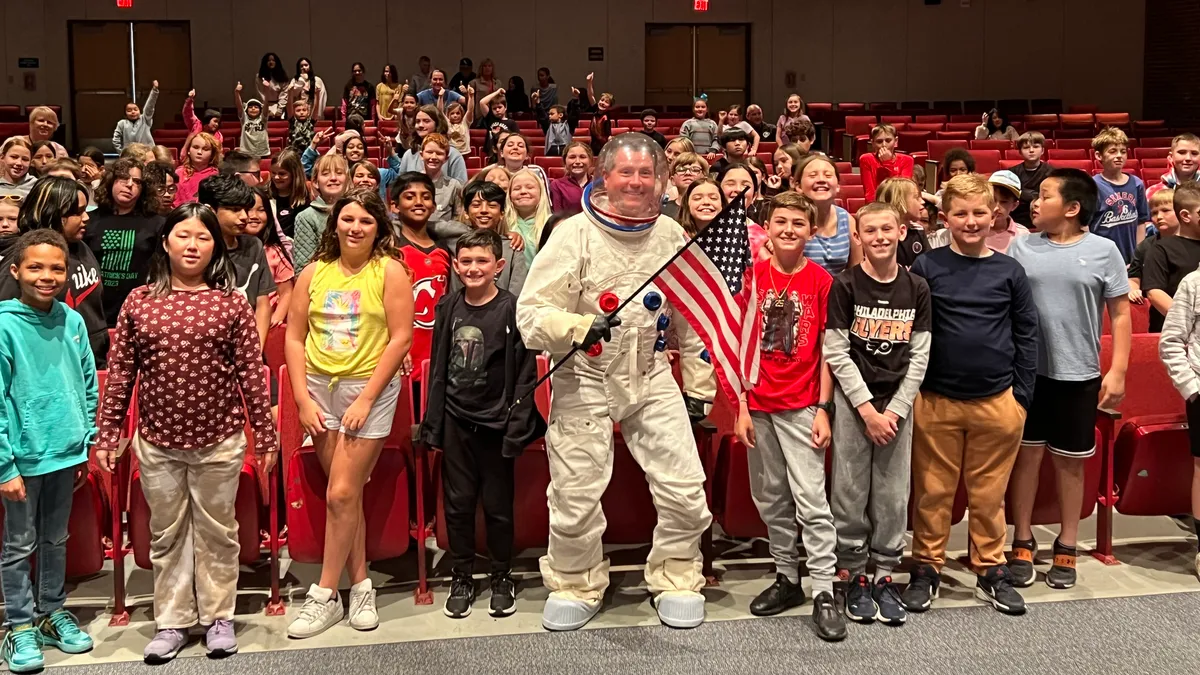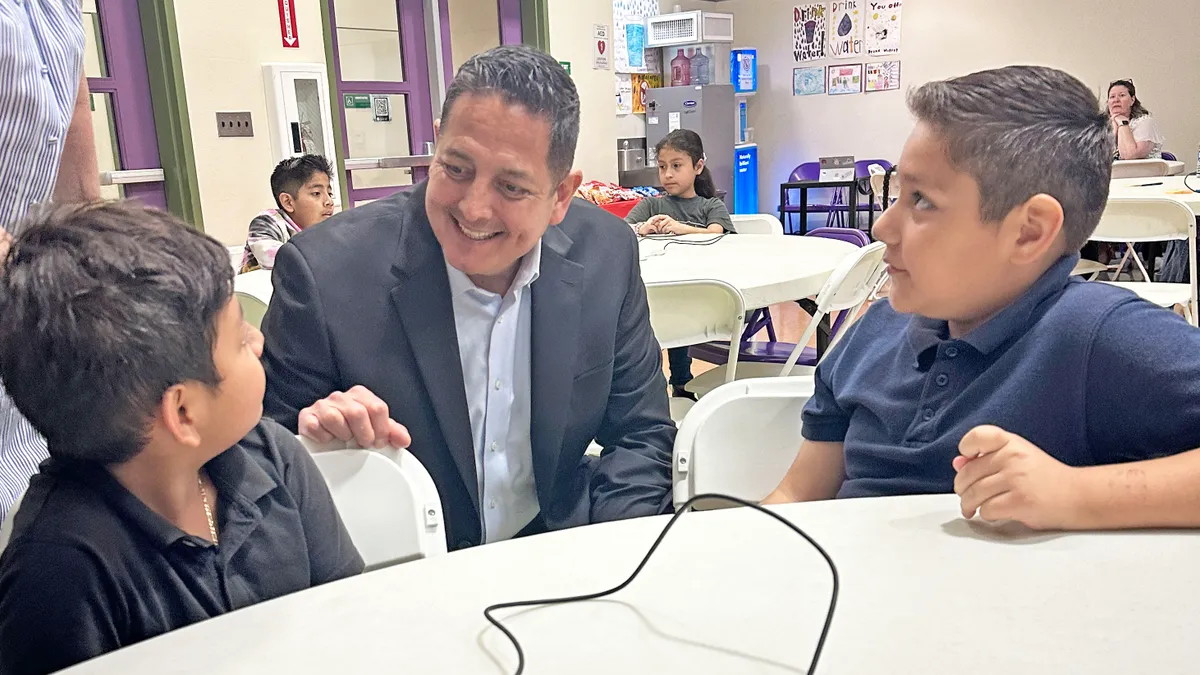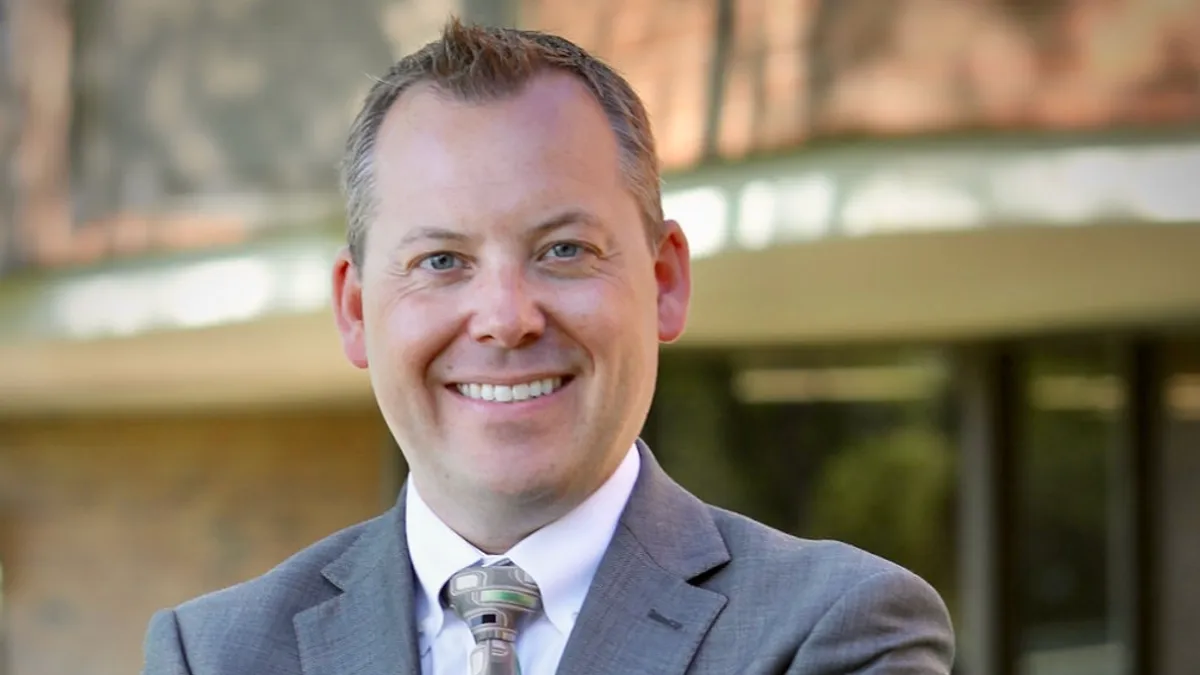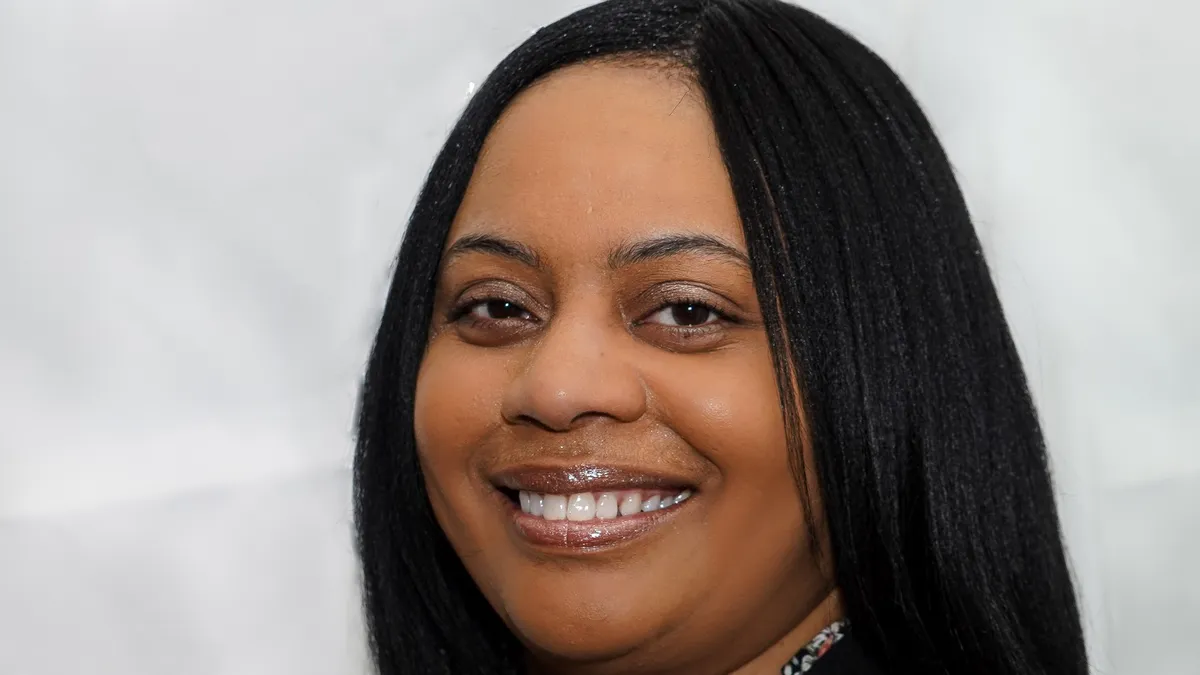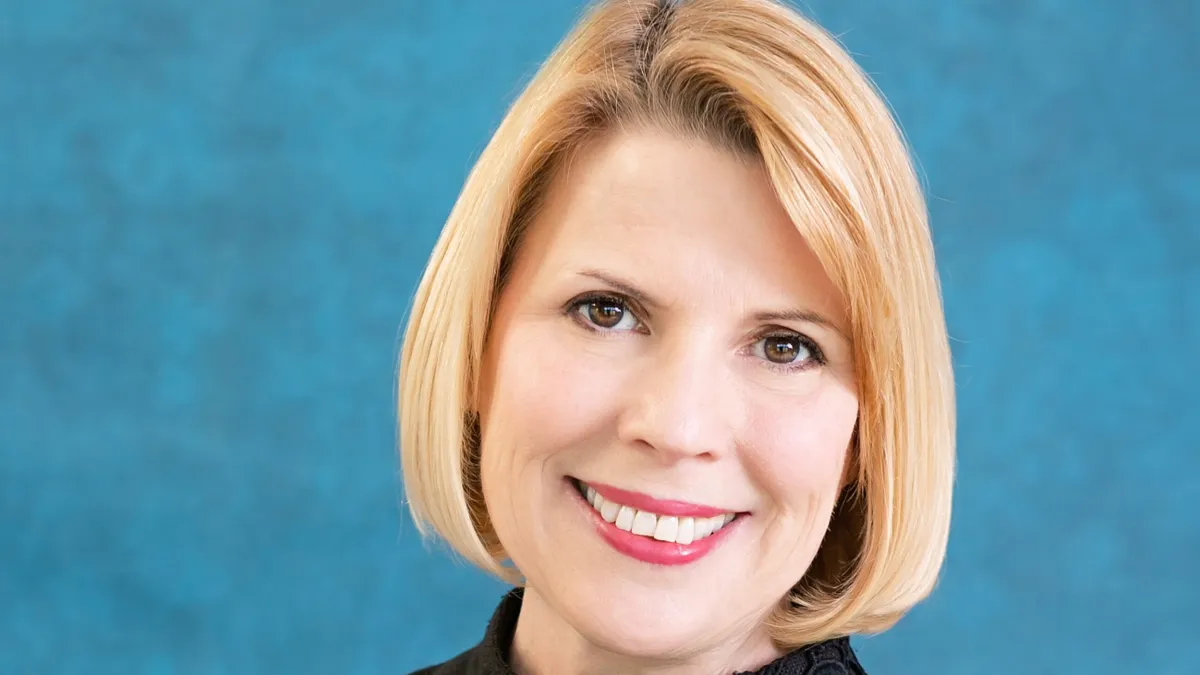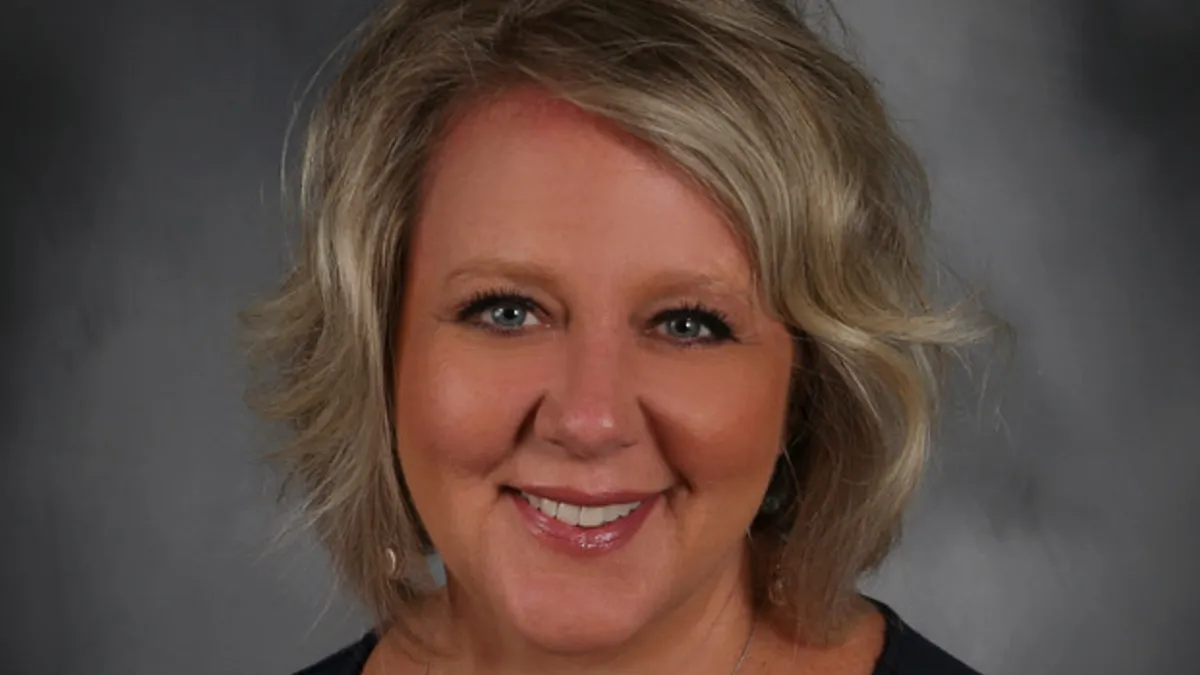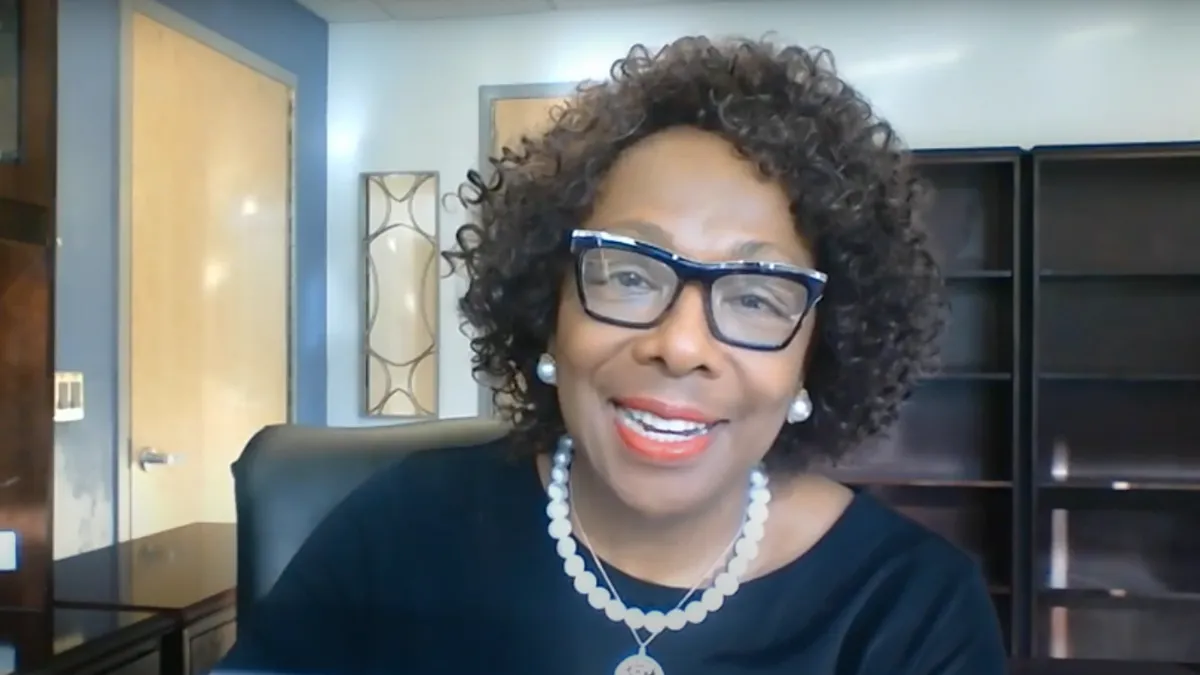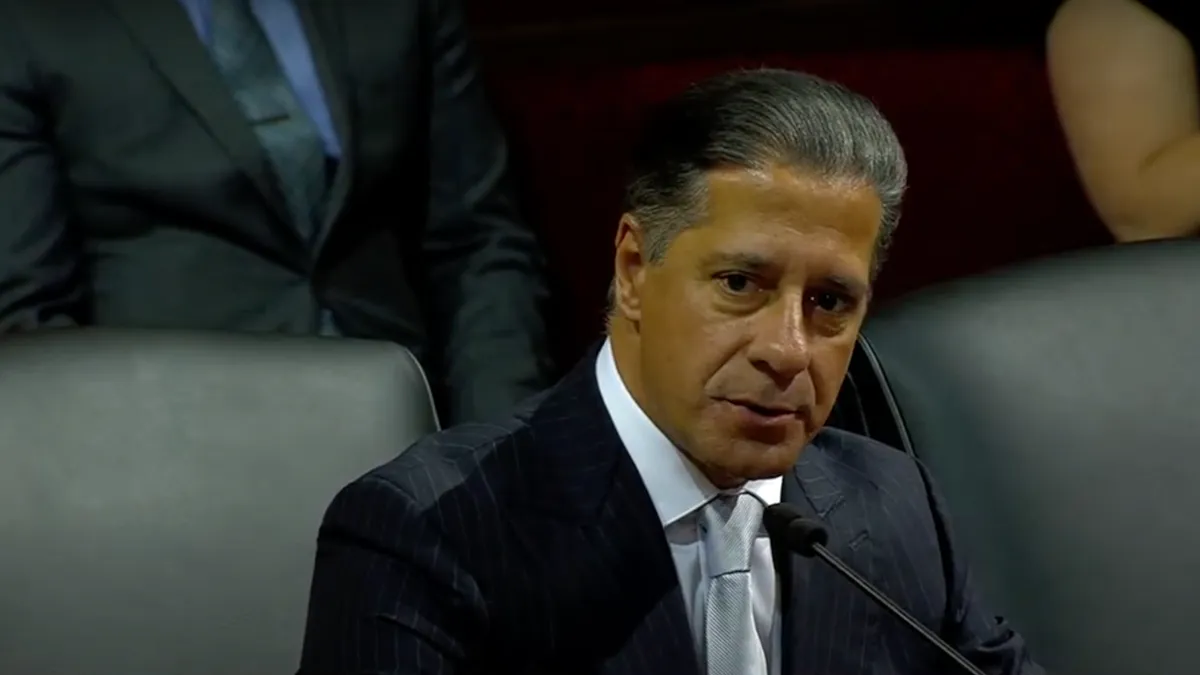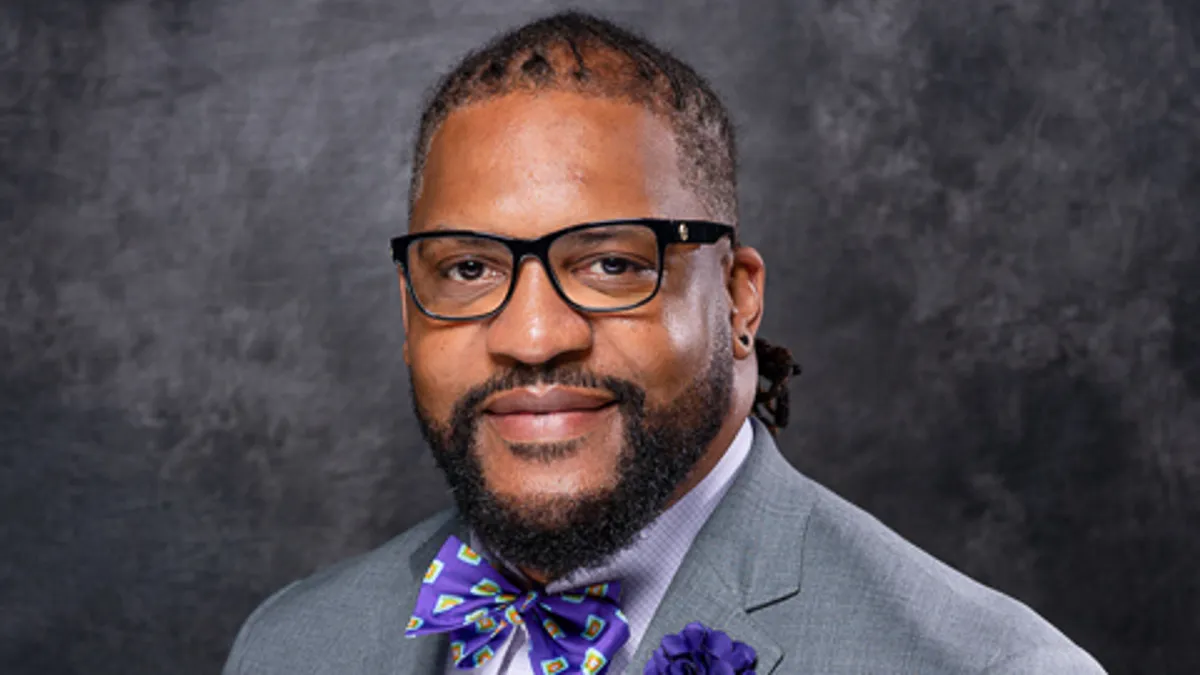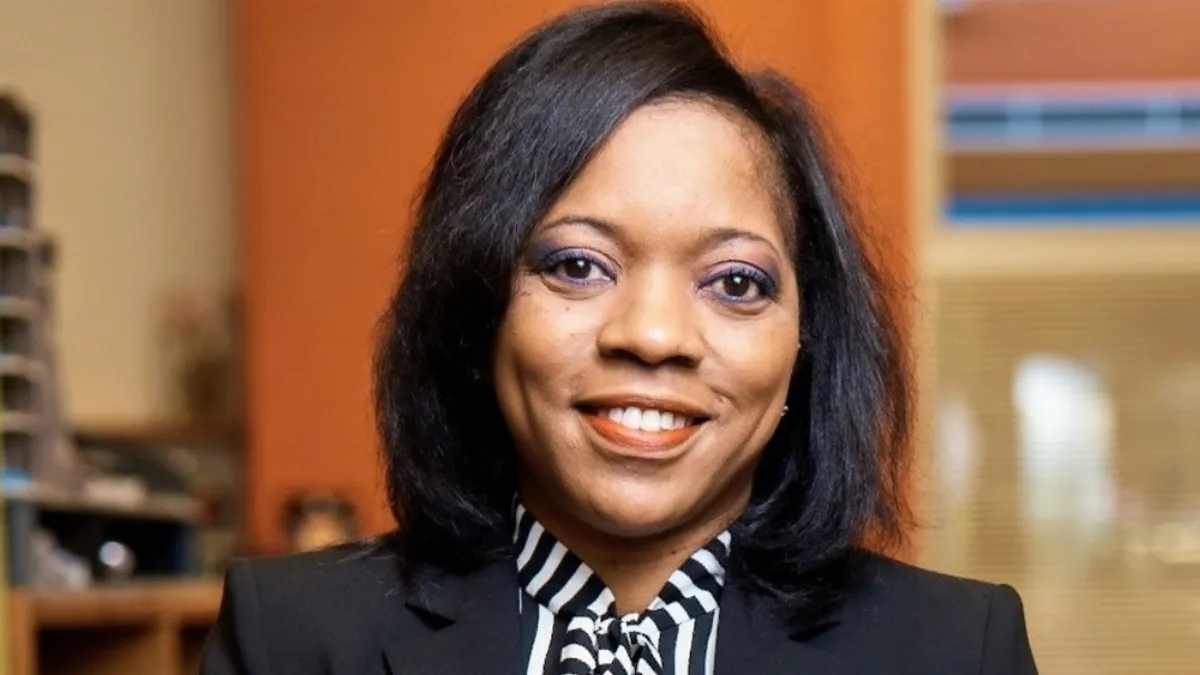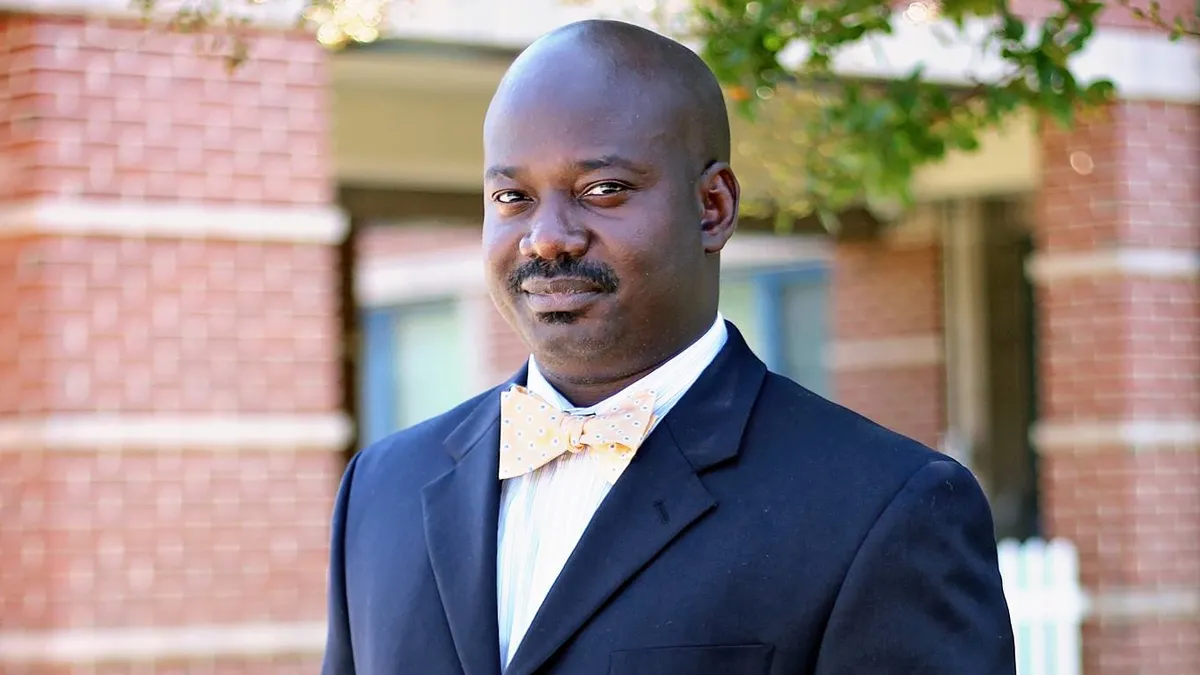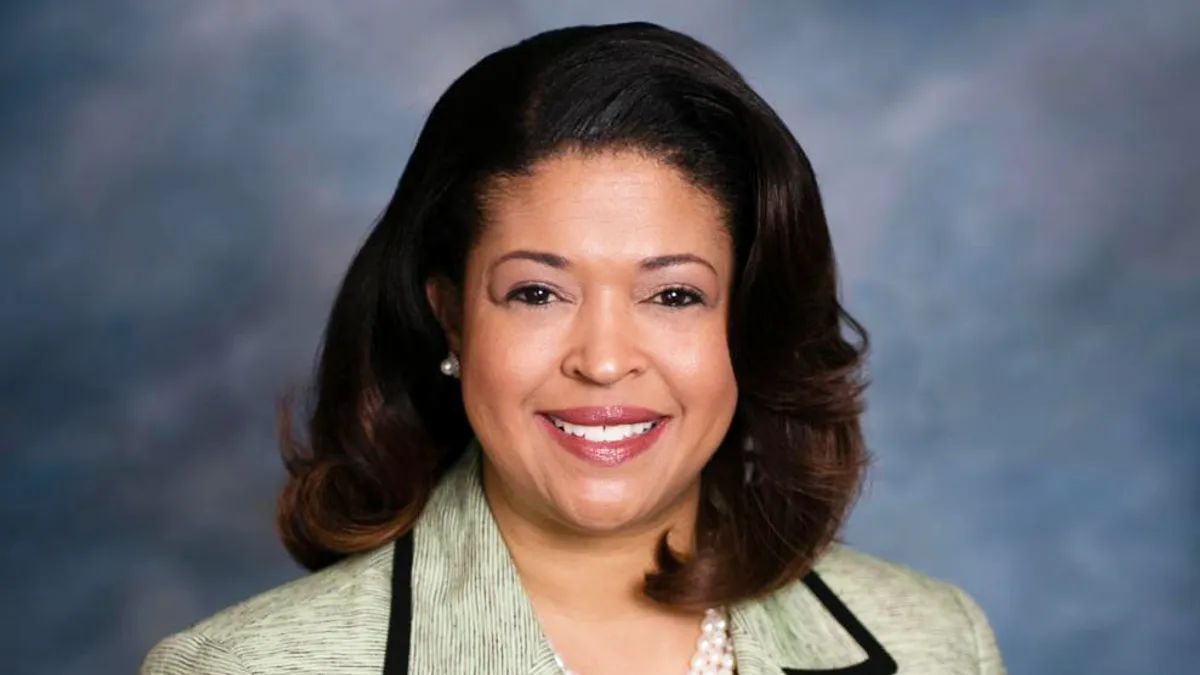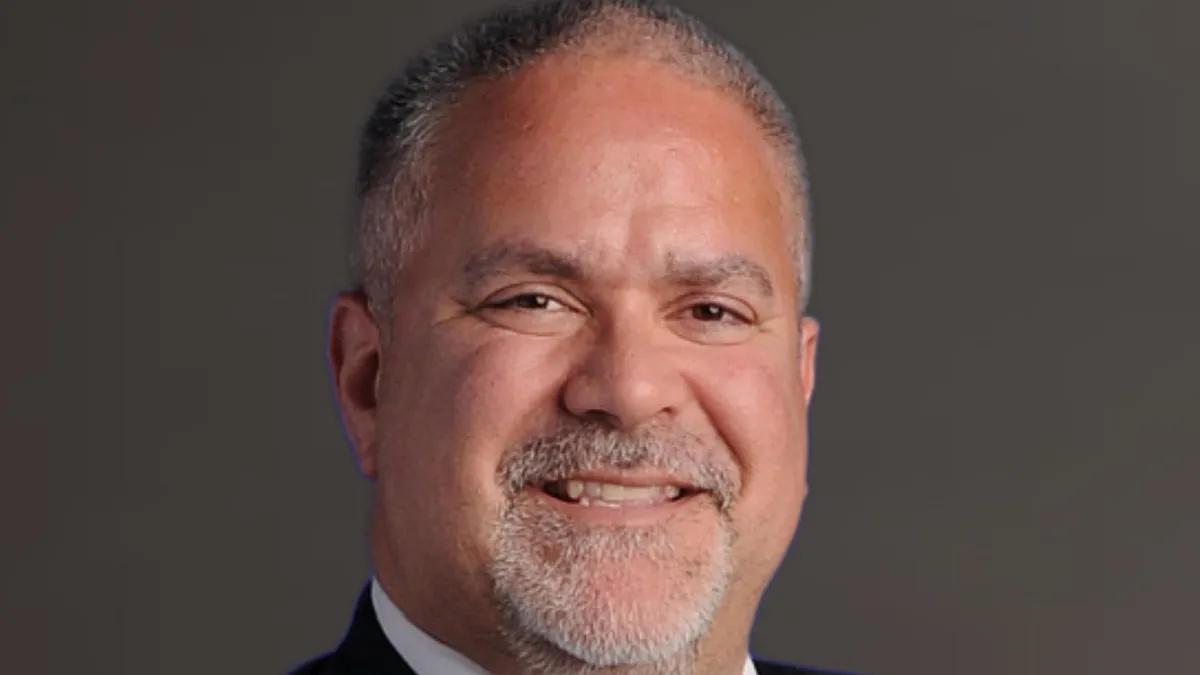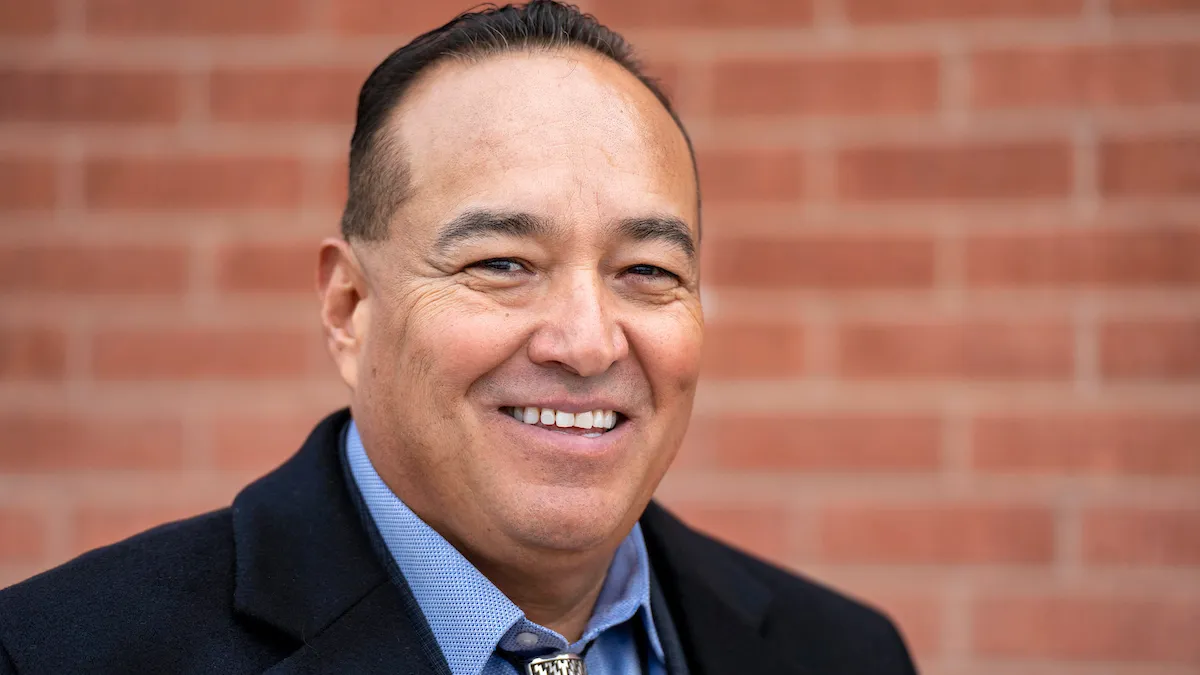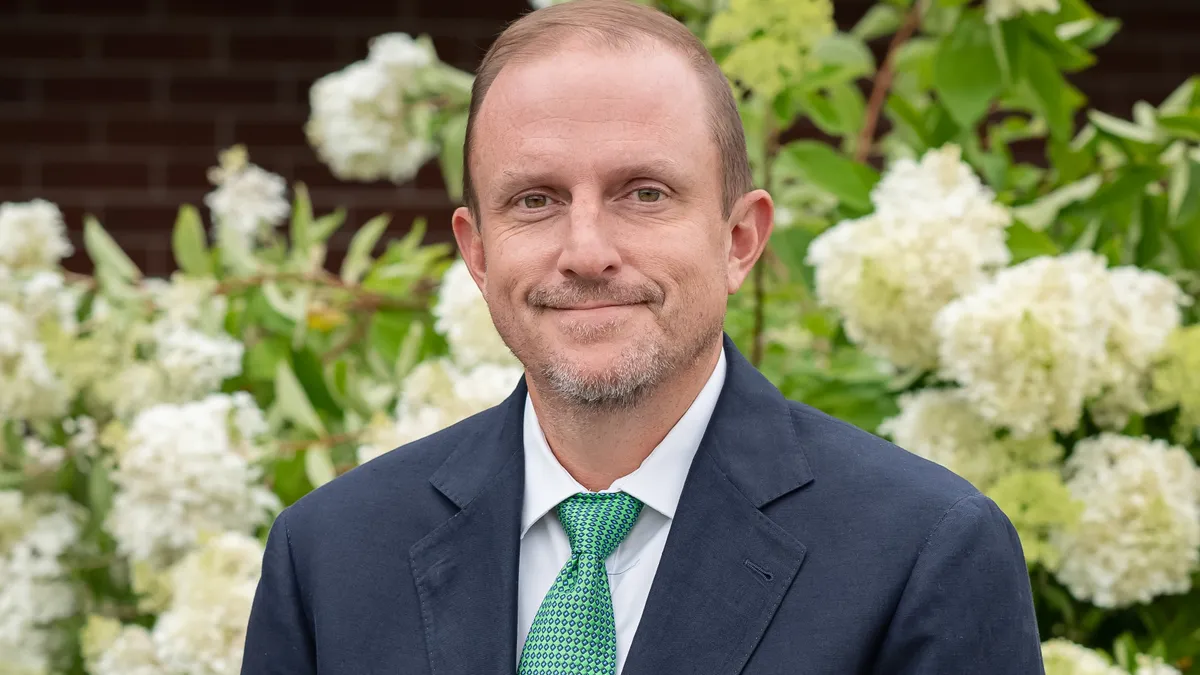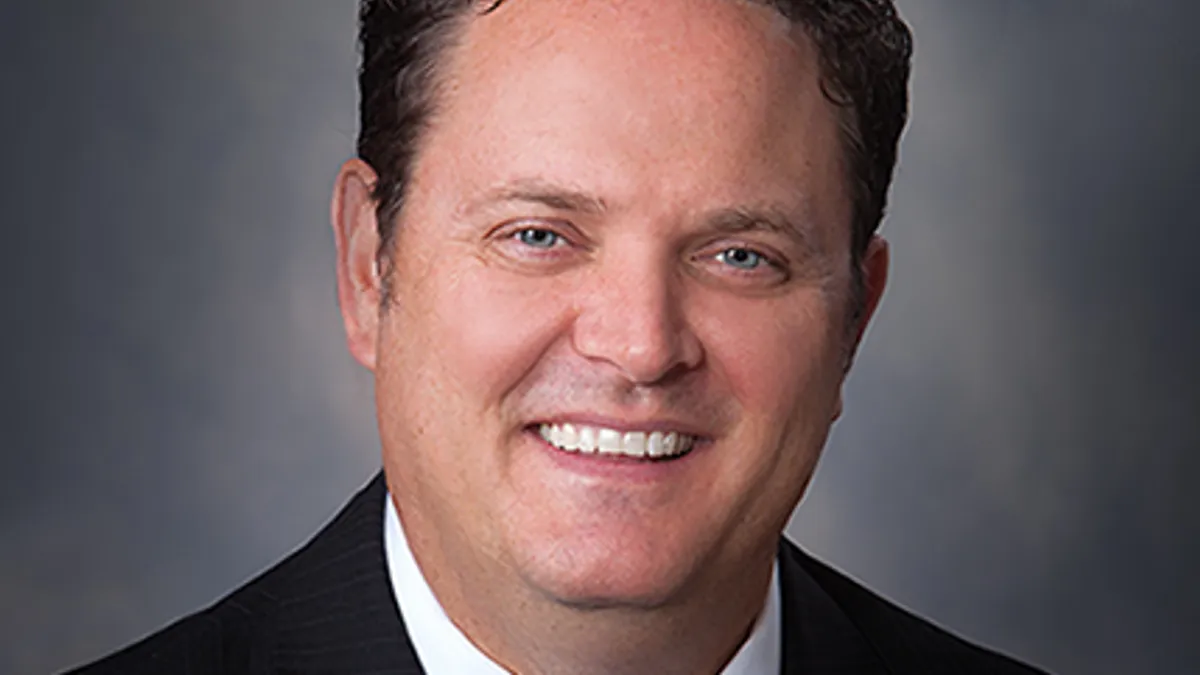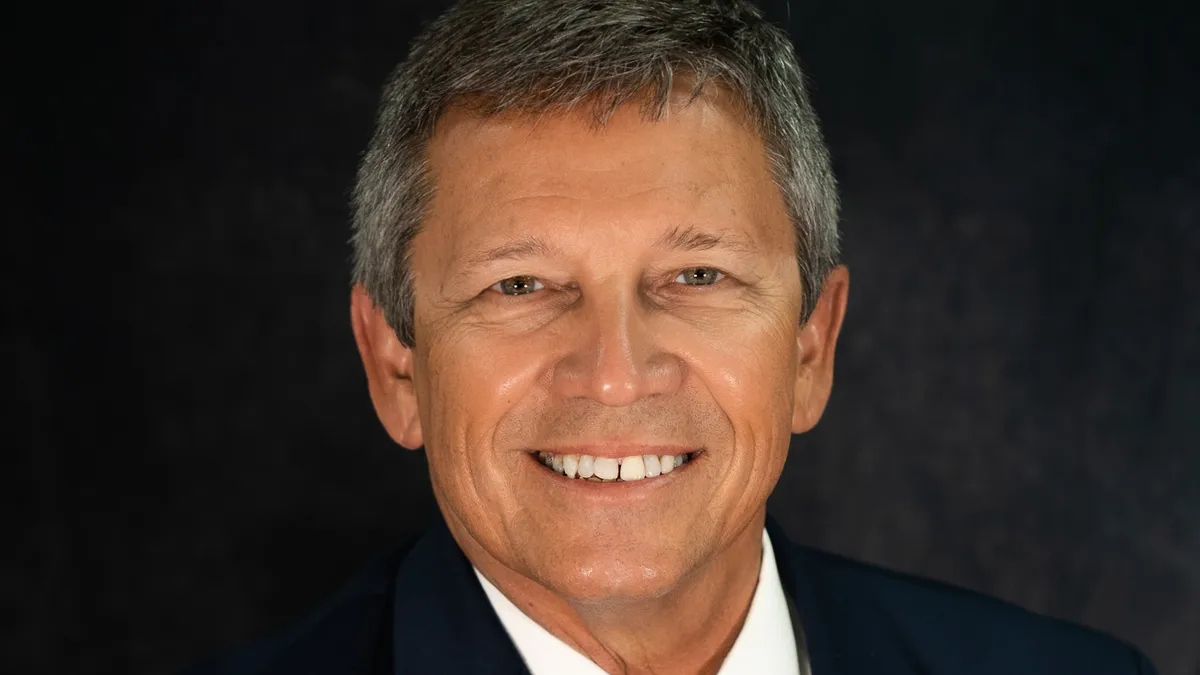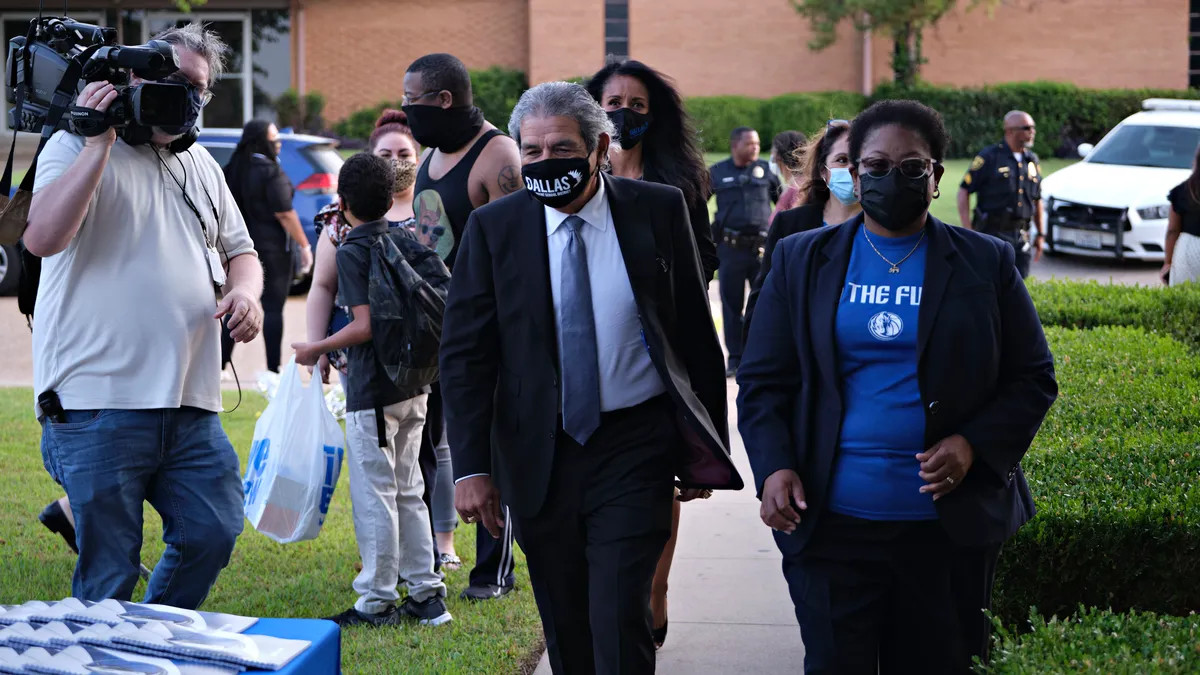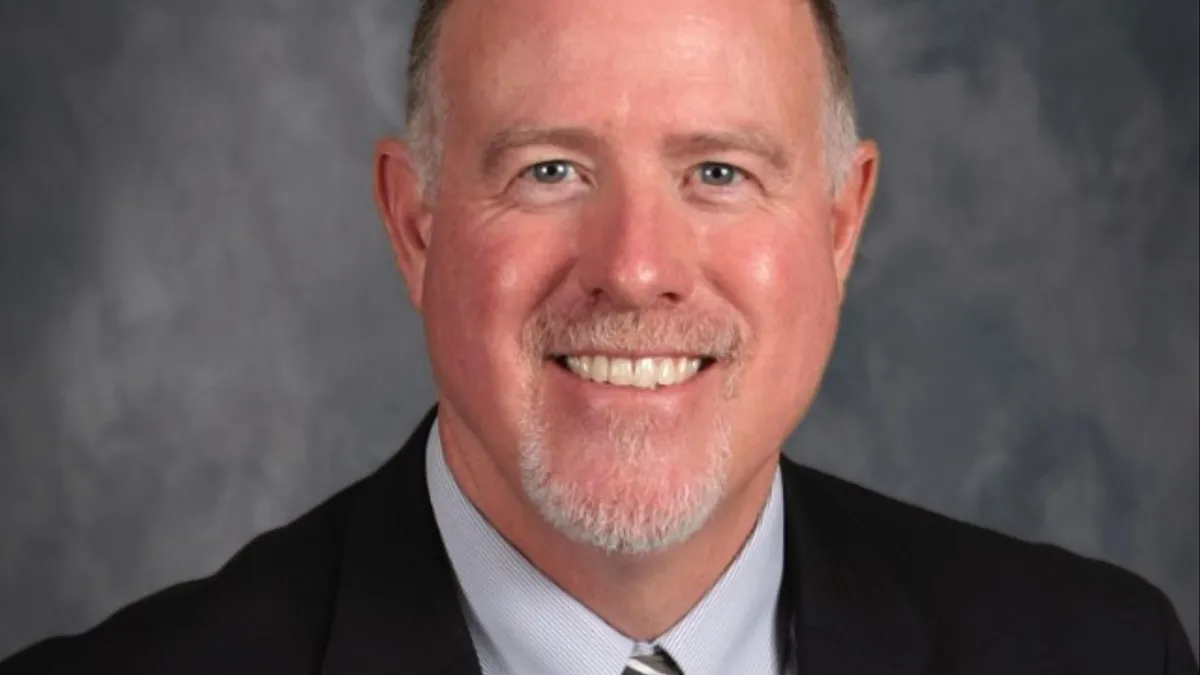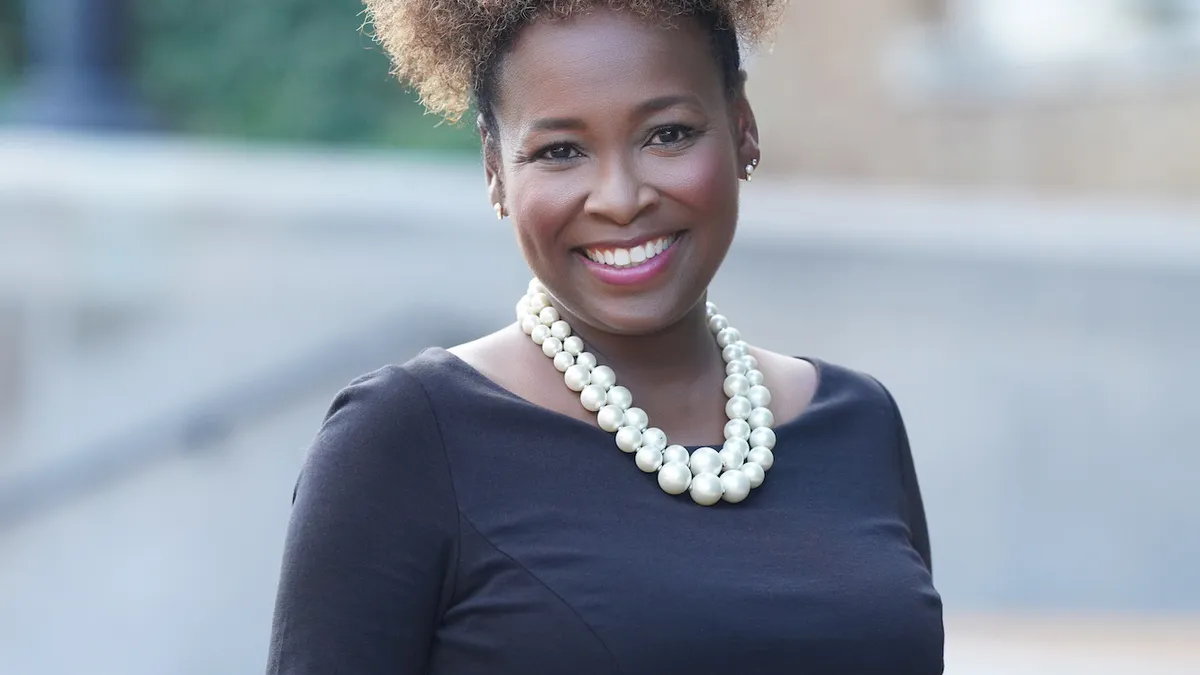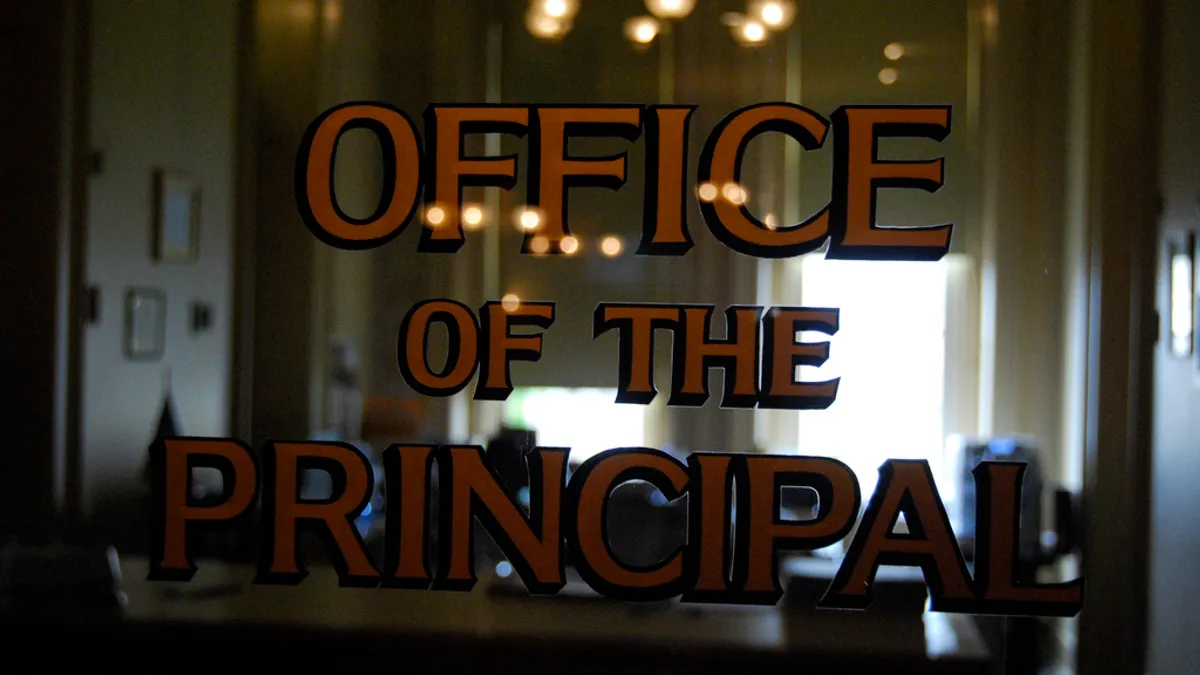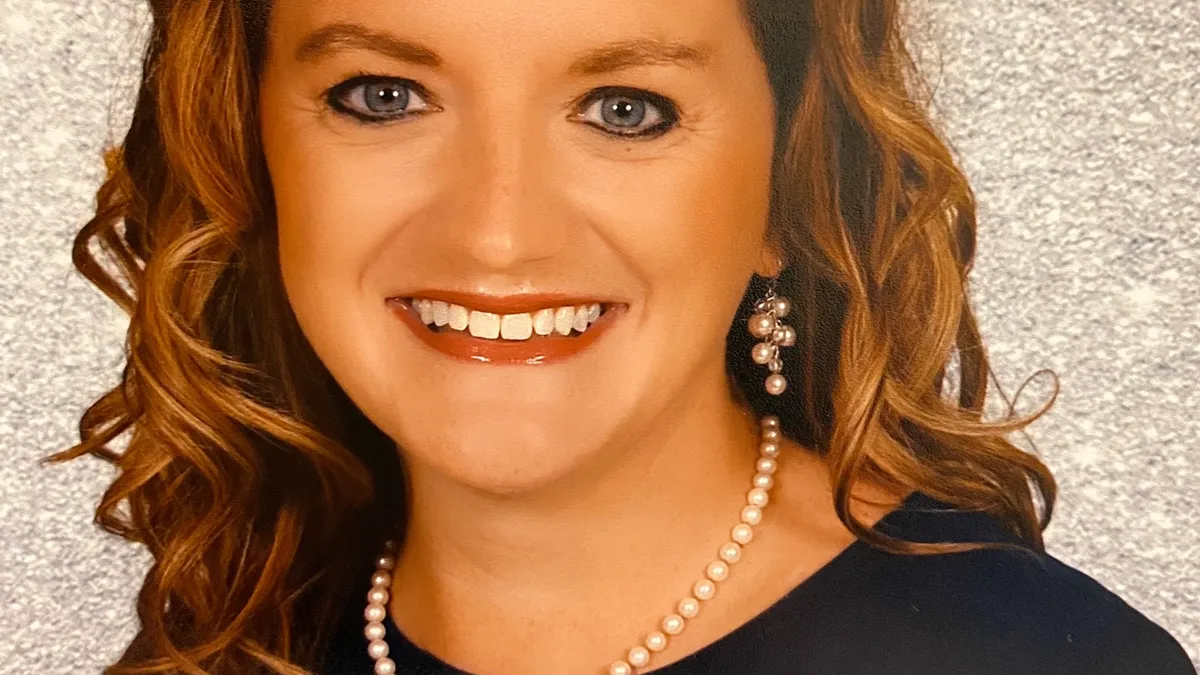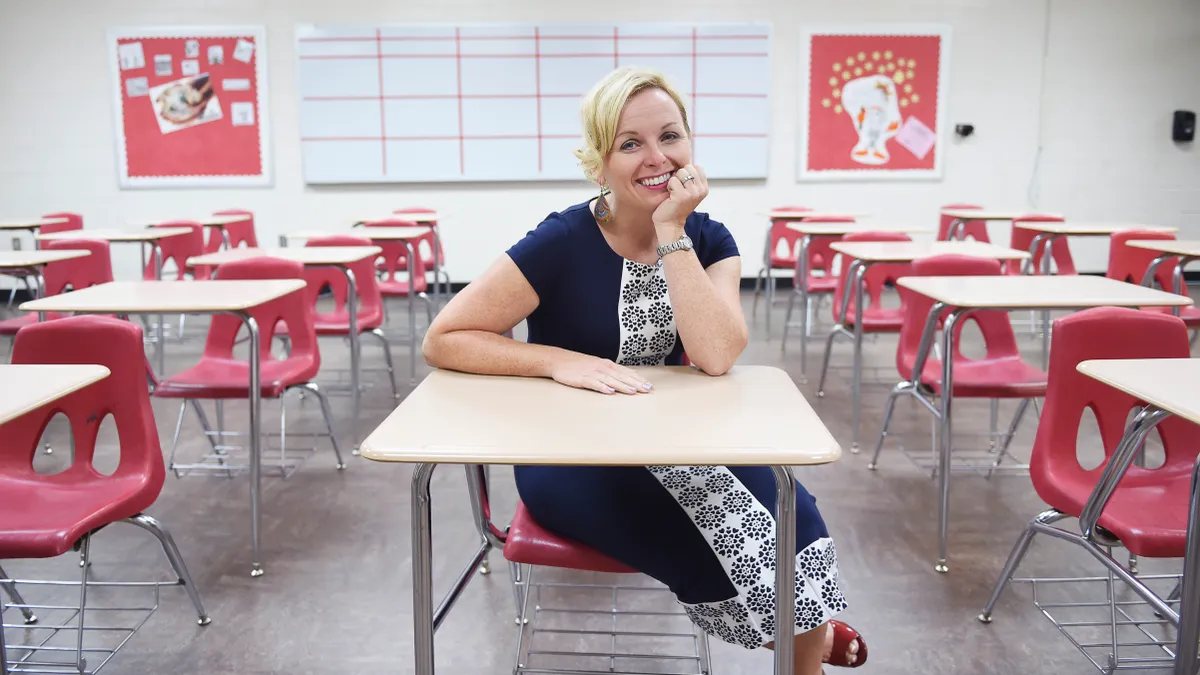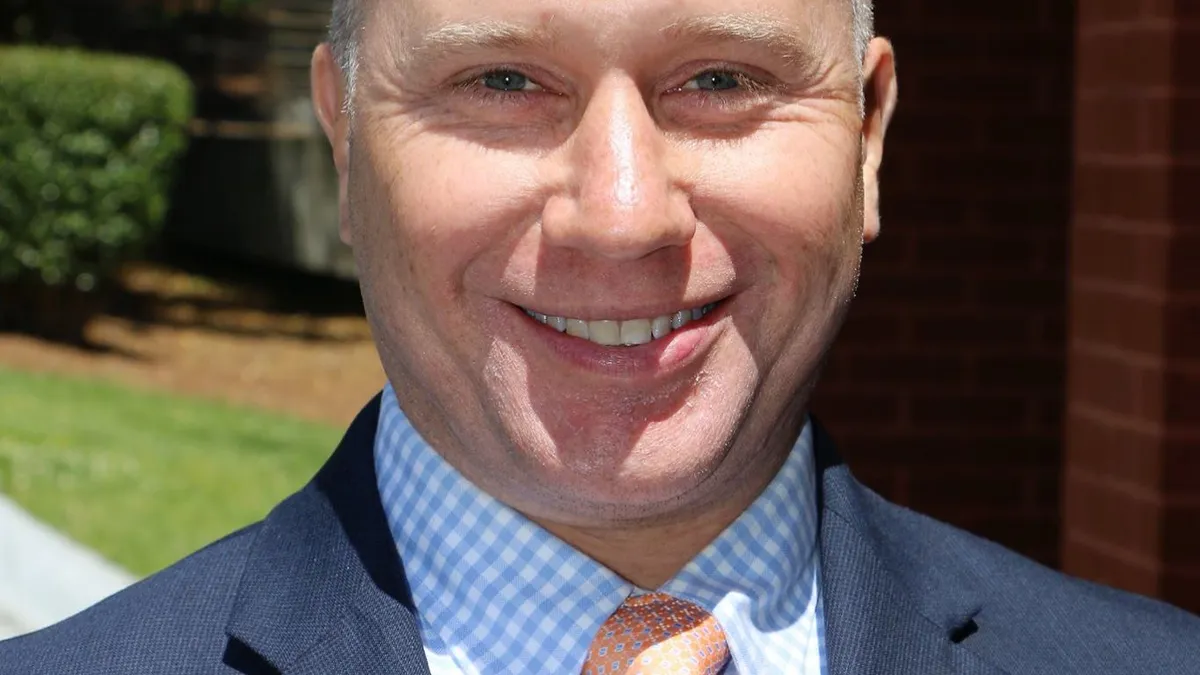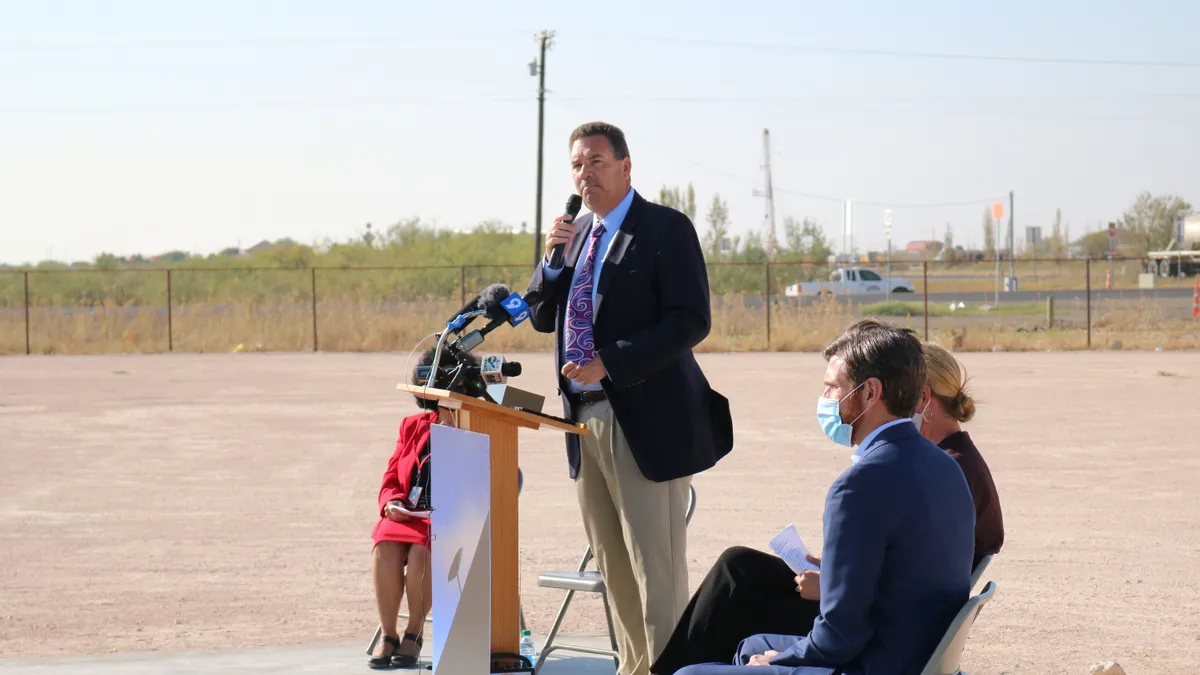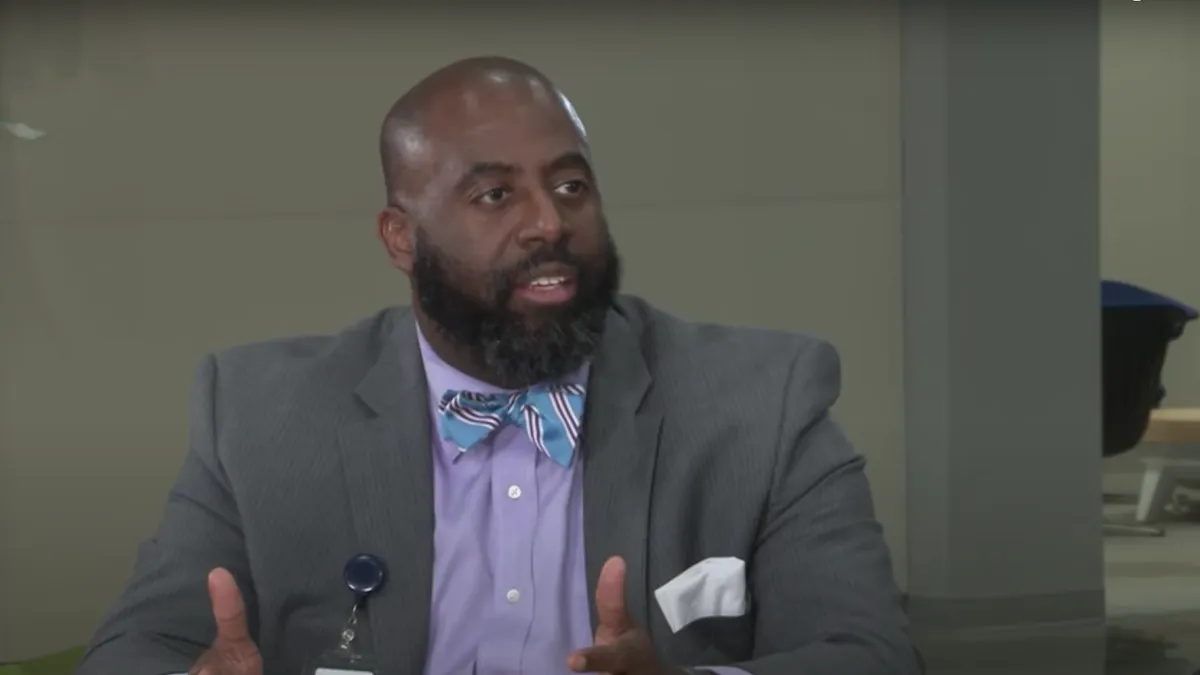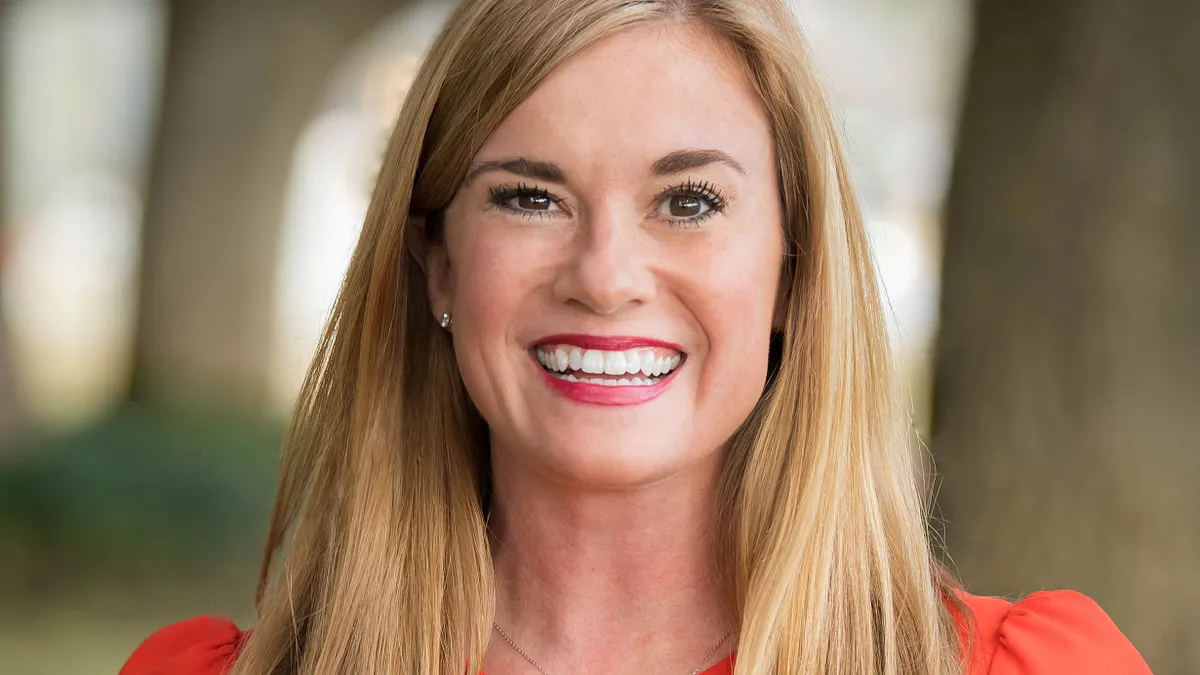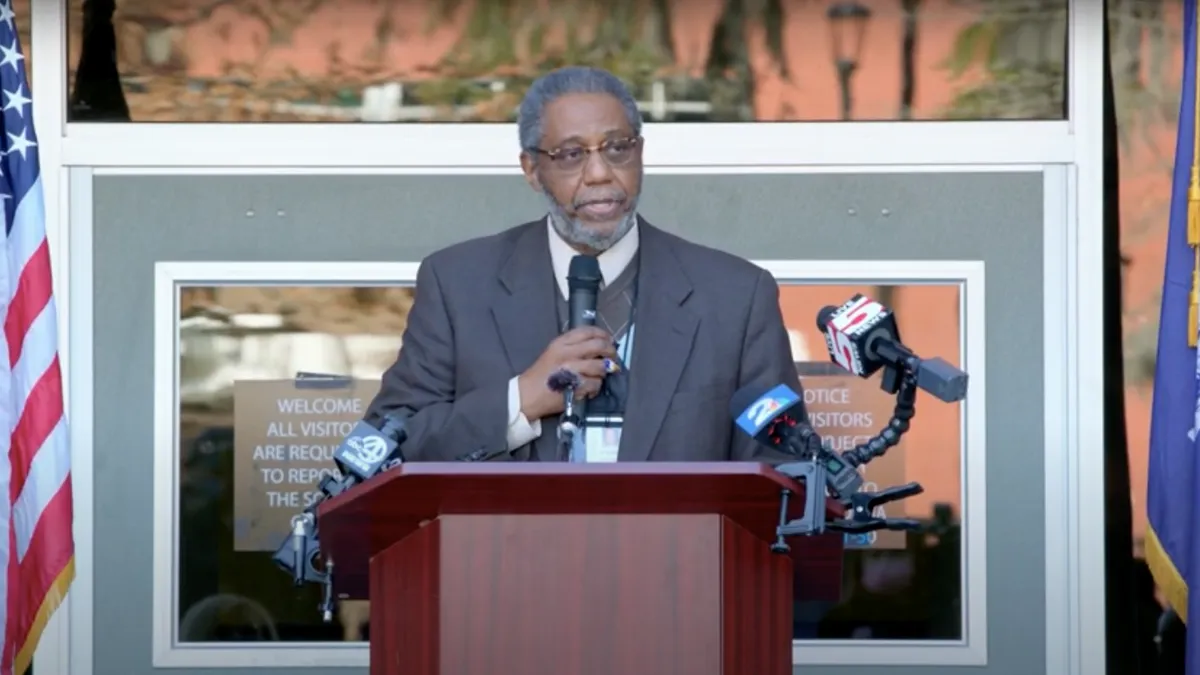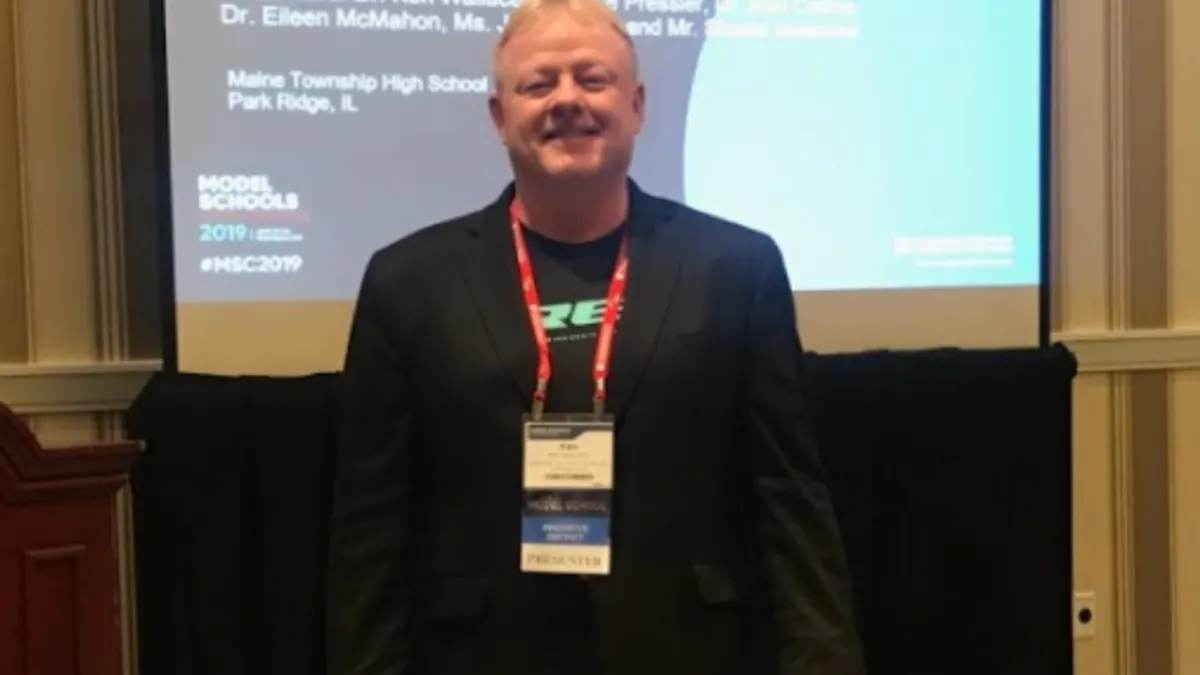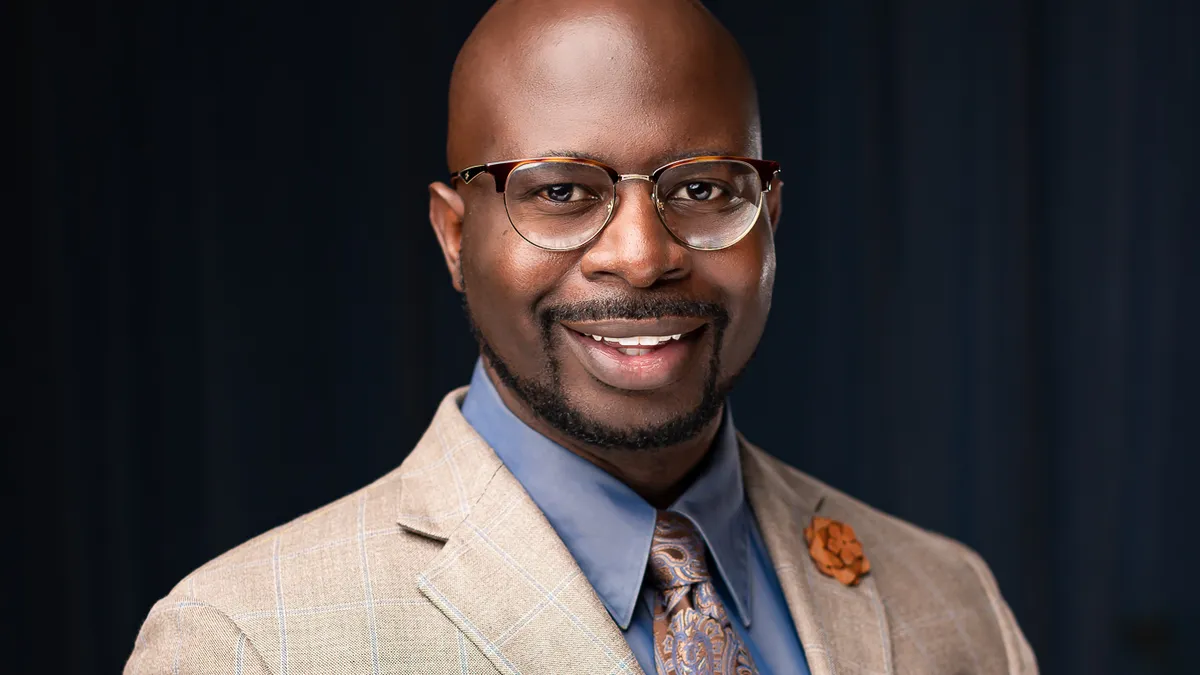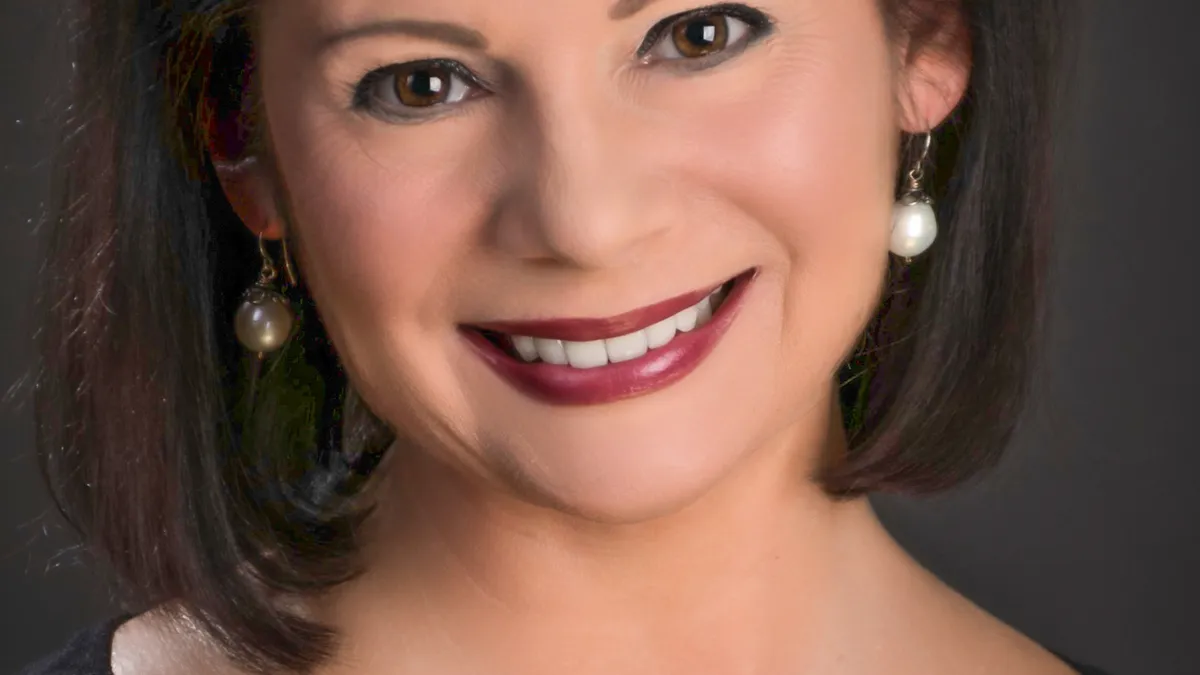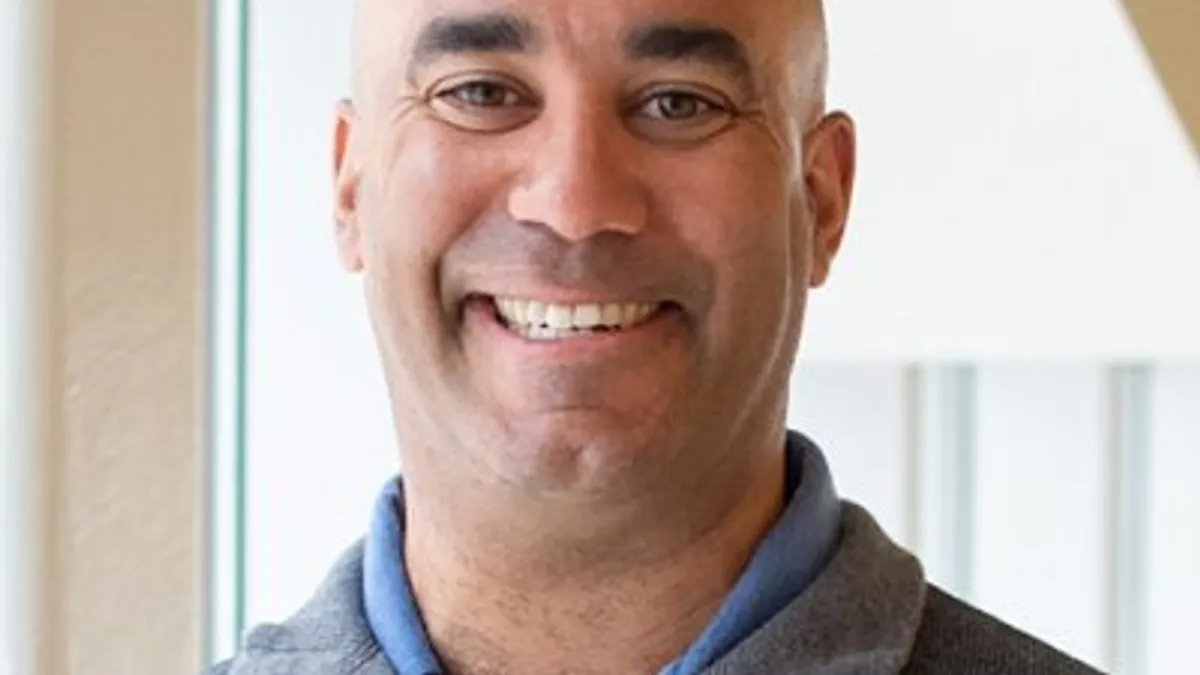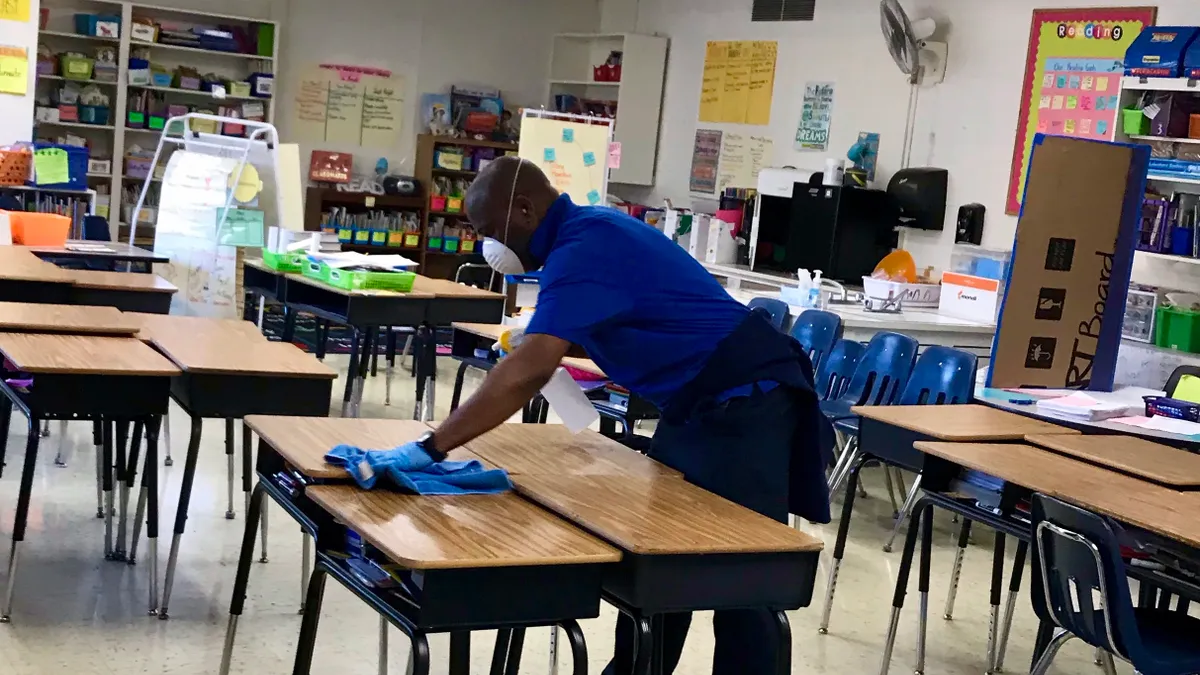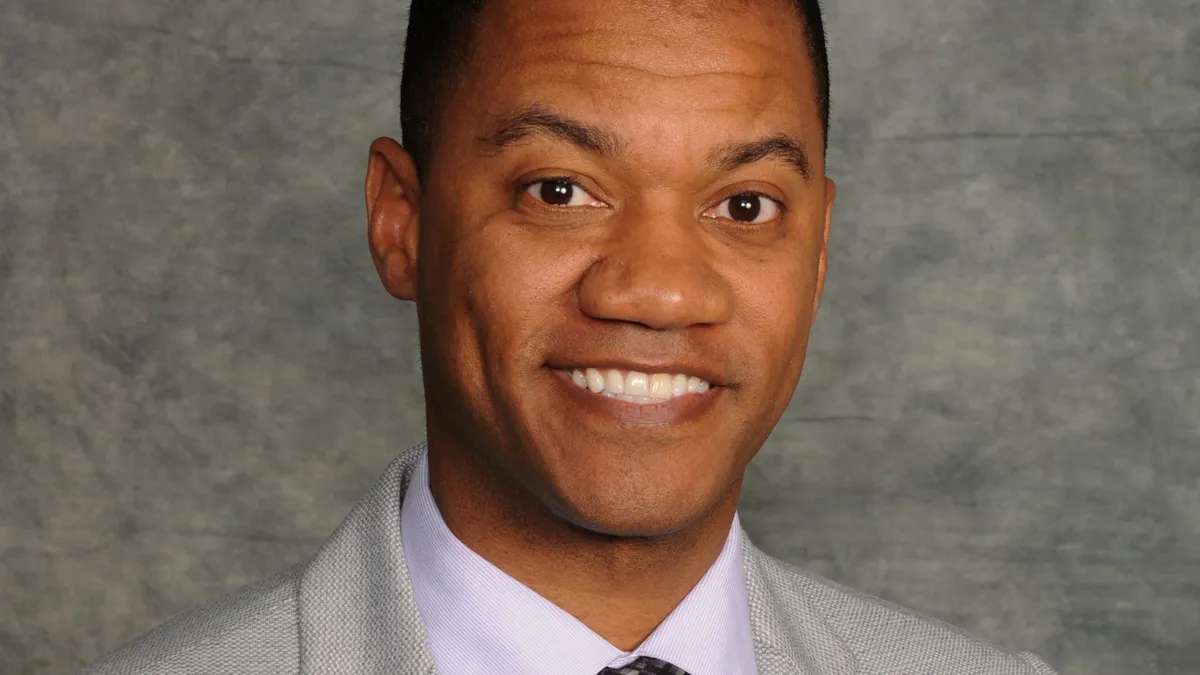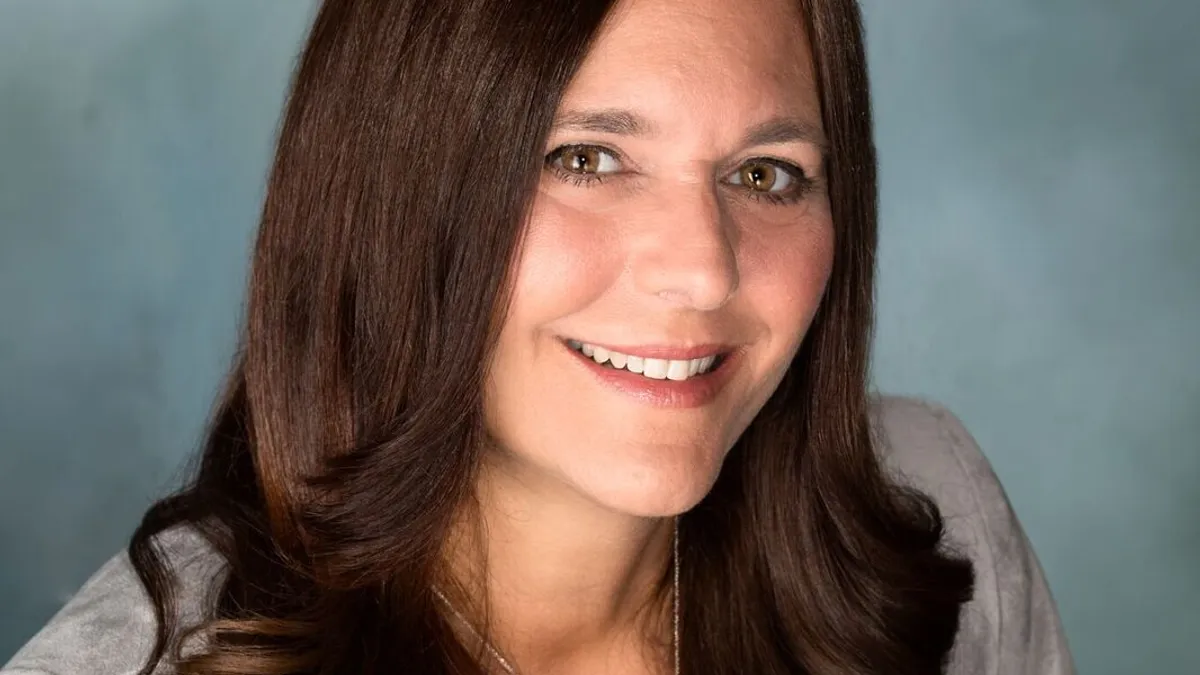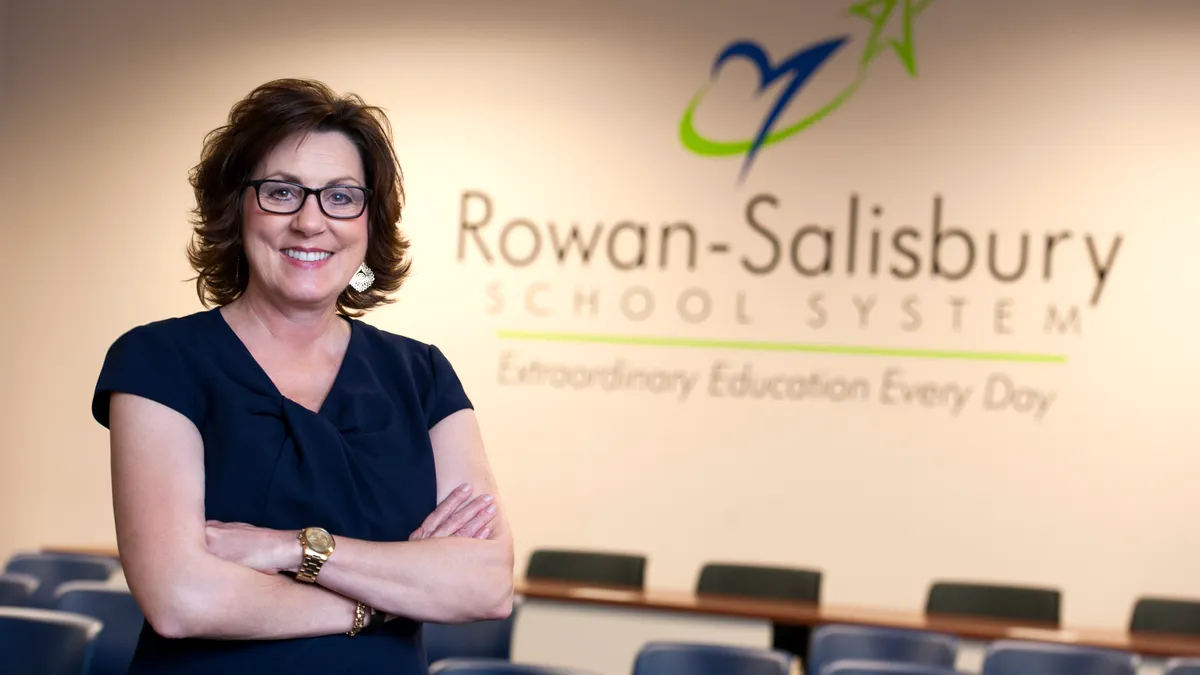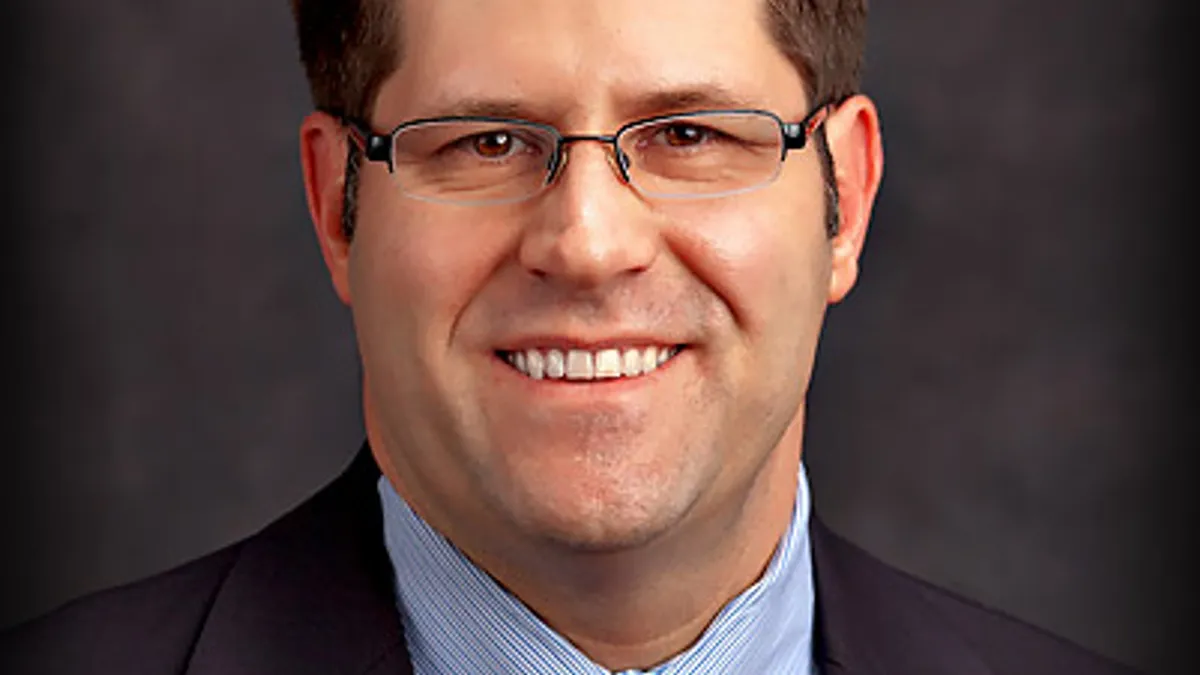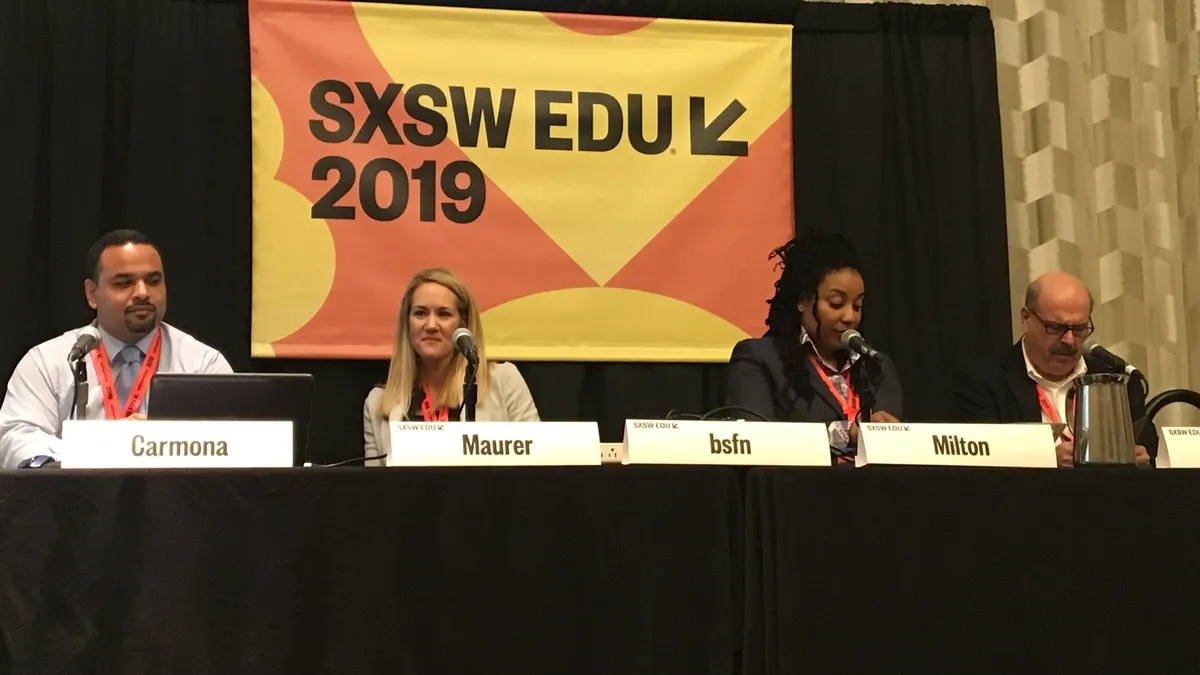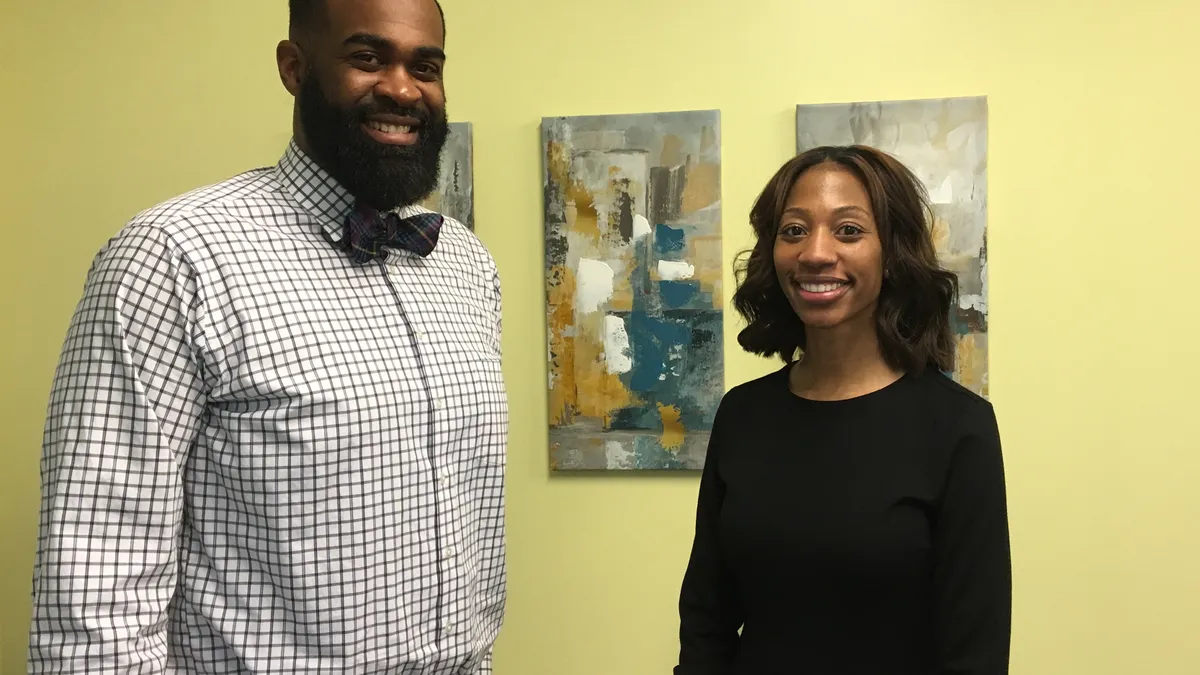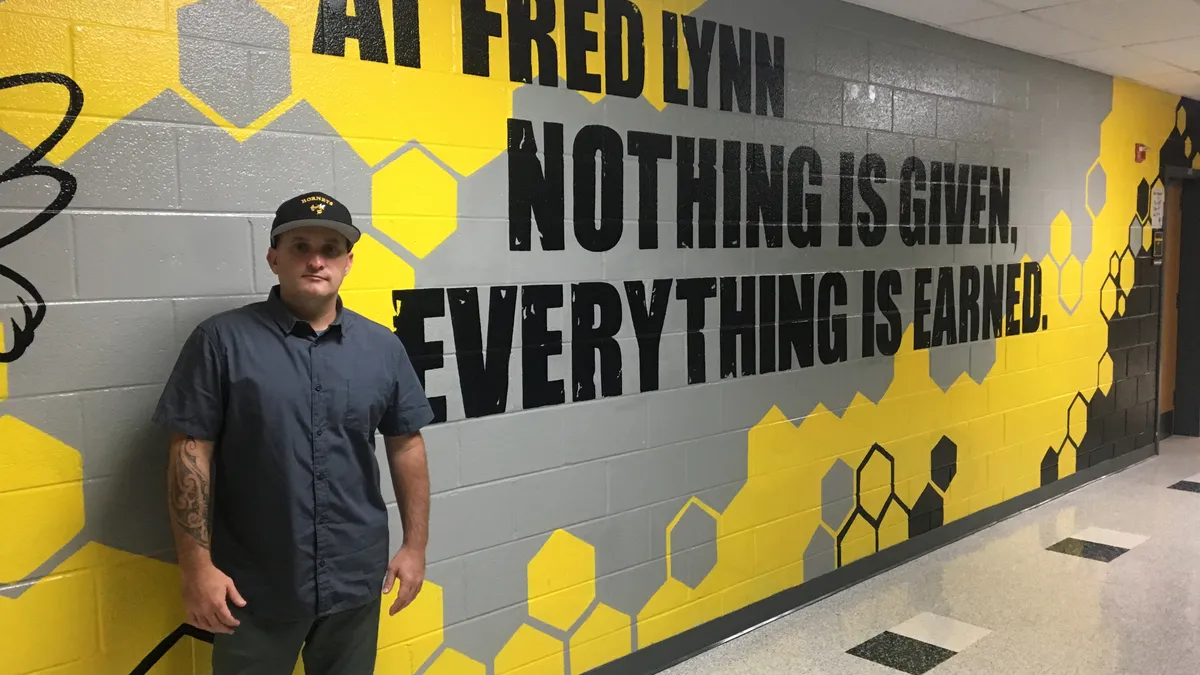Lessons In Leadership is an ongoing series in which K-12 principals and superintendents share their best practices and challenges overcome. For more installments, click here.
Located outside of Phoenix in Mesa Public Schools, Zaharis Elementary has garnered a significant amount of attention for looking beyond test-based accountability metrics to prepare students for a world in which, Principal Michael Oliver says, "85% of the jobs of tomorrow haven't even been invented yet."
The K-6 school places a premium on creating lifelong learners, and its outside-of-the-box model has attracted visits not just from U.S. policymakers, but those from nations like Russia, Japan, South Korea, the Netherlands and Armenia. But for Oliver, who has led the school for 18 years, it's not enough that his student population —which he describes as "primarily privileged" — reaps the benefits of this approach.
He wants students from all walks of life to have the same opportunity.
We recently caught up with Oliver to learn how Zaharis innovates while navigating stringent accountability requirements, the school's model of inquiry, and movement he's seeing from policymakers.
Editor's Note: The following interview has been edited for brevity and clarity.
EDUCATION DIVE: Given that the things that often stand in the way of innovation for a lot of schools and districts end up being overly stringent accountability metrics that come from the state or federal level, how do you innovate while also having to keep those in mind?
MICHAEL OLIVER: It's not like all of a sudden critical thinking, creativity, communicating in different ways, problem solving all of a sudden have come on the horizon. Those are things some schools were doing back in the 1900s. We opened our doors in 2002, and certainly those were hallmarks of Zaharis.
We've been beating this drum for a very long time, but what we've come to know is the skills and dispositions needed to flourish in today's world very seldom are captured on a standardized test where you're given a No. 2 pencil and asked to bubble in your truth. As a matter of fact, they rarely are.
We have never doubled down on a standardized test. With that said, our students score exceptionally well. We have the letter grade of an "A" from the Arizona Department of Education. We've been given the award of an "A+" from the Arizona Education Foundation.
Scholastic recognizes us as one of the exemplary schools for literacy development in all of the world. Parent and Child Magazine identified us as one of the 25 most innovative, inspiring and coolest schools in America. I don't say that to brag and boast, but there's other ways of looking at success.
Even if you just look through that lens of standardized testing, our students shine. The message we give them is there are some times in life that people want to know what you know and how you're developing as a learner by you taking a standardized test. If you want to get a driver's license, you have to pass a standardized test. If you want to become a teacher or a lawyer, you have to pass a standardized test. To get into a college program of study, you have to pass a standardized test.
So we're going to approach it like a genre study and we're going to arm you with a few tools so you can be successful when you sit down and you take this test in April.
But we get in and we get out and we don't let the amount of time through an inquiry into how do children perform well on a standardized test spill out and contaminate the entire learning experience and the entire year of curriculum and teaching and learning. We’re very thoughtful and deliberate, and we’re very intentional in how we utilize our time. We never, ever let a standardized test dictate the course of travel that we follow.
While you might not be able to directly change that standardized approach the state takes each year with its test, are there ways at the school level that you rethink the way that you assess, so you account for these critical thinking and other skills along those lines you want students to come away with?
OLIVER: First, we haven't accepted that we can't change it. We’re crazy enough to believe that we can do not only hard things, but that we can do impossible things.
Roger Bannister. I don't know if you recognize that name, but back in the 1950s, he was a runner and was crazy enough to believe he could run a mile in under four minutes. For decades, man had tried unsuccessfully, and doctors said it wasn't even healthy to try that — that it wasn't physiologically safe or healthy for a man to try to run that fast.
But Roger Bannister thought he could do it. And on a day when the conditions weren't ripe for a world record, he ran a mile in less than four minutes. And it's not the fact that he broke the four-minute barrier when he finished that mile.
The storyline, I believe, is that after he broke the four-minute barrier, it was broken again within the next several months, many times over. And the only thing that changed was man knew that it was possible to run a mile in under four minutes, so people started doing it.
We believe that we can show the world what's possible. I'm watching that change take place within the Mesa Public Schools right now as we speak. It is a ginormous shift that's taking place in my own school district, and what we're doing is now spilling into other schools.
On the school’s website, you write that Zaharis’ model is built on a model of inquiry and you make a lot of use out of your makerspace, technology center and Fabrication Lab. Is there an overall focus on a more project-based curriculum as opposed to what would traditionally be thought of as schoolwork?
OLIVER: Absolutely. But whenever I hear “PBL” or “project-based learning,” I cringe a little bit because when you're doing the work of inquiry and when you're doing real-life exploration, it's all project-based learning. It's how we learn.
What happens when you're engaged in real purposeful, authentic work, is the disciplines spill into each other. It's not like, “Hey, we're reading from 8:00 to 9:00 and we're doing math from 9:00 to 10:00.”
Let me give you an example. Not long ago, Scott Ritter’s 4th-graders were doing an inquiry into solar energy. The night before, I had been to our fall carnival, and as I was driving away from the school. It was pitch dark, and families were walking great distances to get to their cars because we get this incredible turnout for this carnival. I thought, “This is really dangerous.”
So I asked the 4th-graders, “As you're doing this inquiry into solar energy, do you think you could come up with a way to put some solar lights on that long driveway?”
Well, they got so excited about it. Beyond giddy. Couldn't wait to get to school the next day.
But as they started this inquiry into how do we put solar lights up, they realized we need money. So they wrote a grant to [utilities company] Salt River Project for $5,000 and secured the grant. So they had to learn about writing a grant.
They learned there's different types of solar lighting. They had to do advanced math beyond 4th grade to see which one is more cost effective. They had to measure the driveway. And they had to do the work of social scientists, because they found out the homeowners that didn't have children near the school didn't want any more light because it contaminates their view of this beautiful Sonoran desert and the stargazing they have.
And then they worked in our STEAM design center because they had all these different ideas. They worked in small groups and had different proposals on the path we were going to take to do the solar lights.
Each group came up with a different idea and had to [create] a PowerPoint and present their idea to a team we put up of an engineer, myself and another teacher. And we decided which one we thought had the greatest value.
Given that your student population is more on the privileged end, when it comes to the attention you've gotten from lawmakers, how much interest have you seen in directing the funds for similar resources to less-affluent schools?
OLIVER: Yes, we have. I was up in the mountains, in the northern part of the state just last week. We had the dean of the College of Education at Arizona State University, one of our senators who's on the Senate Education Committee, the leadership of Mesa Public Schools, a member of our governing board, the head of the Mesa Arts Center.
We had all these different people that are influential in the greater Phoenix area that were talking about, "How do we spread this?"
We're seeing [state] Sen. [Tyler] Pace who was up there with us is not the only one that's a champion for change. While we haven't really seen this outgoing flow of additional resources coming from the policymakers, it's something they're moving toward. And we're hopeful we're going to see some changes there.
These lawmakers, many of them have children, and it's not enough for people to come to Zaharis, go on a tour, get excited, and then find out there's a waiting list bigger than some of the surrounding schools. Every kid and every family that wants this type of experience should be able to receive it. But right now, that's not happening.
I'm seeing shifts I didn't think I'd see professionally in my lifetime. And every year, we're taking bigger and bigger strides. So I'm exercising every morning, running marathons so I can continue to do this for another 20 years because I've been waiting my whole life for people to start joining on this crusade of changing school. It's a really exciting time to be an educator, and we are still married to a lot of things that reflect the traditions of yesteryear, but I'm seeing we're starting to embrace ideas and pathways of thinking that we haven't in the past.







